This year’s Art Basel-Miami Art Week was rapturous for not only art lovers but also for the city’s business community. Art Basel has truly transformed Miami in the last 10 years, making it one of the most vibrant cultural experiences, no longer limited to the convention center in Miami Beach. Art Basel has changed Miami from being a vacation spot to also becoming an art destination. Art is now one of the driving forces in the city’s redevelopment efforts, which unfortunately have also caused the gentrification of neighborhoods….
A Bit About Miami
Miami is a metropolis recognized for its multicultural influences, stunning ocean views, and a glamorous nightlife. A city that commands one of the largest collections of art déco architecture in the world with a city skyline that is dotted by skyscrapers lighting up at night, making the city just as competitive and as visual as New York City’s impeccable skyline. All serving as a backdrop to this year’s Art Basel. Miami has become a magnet for all kinds of artists, both home-grown and nationally. Just about every major neighborhood has been experimenting with street murals and art programs reflective of Miami‘s diverse cultures, especially during Miami Art Week. It’s a city where fashion, gastronomy and the nightlife come together seamlessly.
In the last 5 years, Miami Art Week continues to expand its range and diversity, serving all neighborhoods providing opportunities for both emerging and established artists. There were over 100 art venues throughout all of Miami Dade County attracting art dealers, collectors, artists, celebrities, art aficionados, and partygoers. What once started as an art fair at the Miami Beach Convention Center twenty years ago is now an “annual art destination ritual for the entire world”. The galleries who participate in the now 20+ art fairs are from mostly international countries, with the US taking the lead.
There is a strong effort to ensure that heritage neighborhoods and local communities are not left out. One can choose to remain on the beach (which many do), or they can branch out and explore so many other venues. It is important to note that these art venues are a combination of art fairs, art museums, hotels, commercial sites, and art and neighborhood organizations showcasing every form of art …. exhibitions, installations, performances, panel discussions and workshops. There are also plenty of cocktail receptions and luncheons to feast on at many of these same venues. Beware, the traffic is horrific, making it difficult to get from one site to another. My review on last year’s Art Basel offers ways to maximize your time and navigate the traffic (Click here). Another factor to consider, many of these venues are not free. For instance, most of the art fairs and museums have admission fees ranging from $15.00 to $75.00.
So… What About the Art?
As someone who can’t resist going to art fairs, I was pleasantly pleased with the creativity and diversity of the artwork that was offered in most of the places I attended. I managed to attend eight sites of which three were art fairs, including Art Basel at the convention center. You can easily spend 5 hours at the convention center with so much to explore. I always like the fact that Art Basel and other fairs have competing projects around specific themes. Basel’s Meridians section every year seeks to represent what is not traditionally seen in art fairs. This year the section contained large-scale installations which some (not all) have global implications. Two artists whose works I really liked as part of this section are:
The Korean artist Seung-taek Lee, who is also an environmental activist, created the installation known as “Earth Play”. An oversized balloon painted with a satellite image of Earth highlighting environmental issues touring major international cities. The globe gradually deflates, serving as a disturbing reminder to us humans of the consequences of climate change. I often think about sustainability as being the concern we all should talk less and act on.
Argentine artist Marcelo Brodsky, a human rights activist, created “The Fire of Ideas” a large installation of photos from archives that documented political demonstrations from the 1960s -70s throughout the world. He overlays the photos, adding both color and handwritten text by highlighting these events and missing facts (or his interpretation) creating a cartography of resistance to oppression… from land rights, to dictatorships, war, tenant rights and so on.
One other artist that I want to highlight is Cuban artist Juan Francisco Elso. First, kudos to the Museum of Contemporary Art North Miami for collaborating with New York’s Museo del Barrio in paying homage to this pioneering artist. Elso died of cancer in 1988 at the age of 32 leaving behind a body of work that incorporates the use of natural earthen material integrated with indigenous traditions of Afro Caribbean beliefs and centuries of colonial oppression brought on by the slave trade when Africans were first transported to Cuba. Elso’s work is significant in that early on he experimented with natural material in the development of his sculptural pieces, now followed by so many artists. I have included several photos where you will immediately recognize his work. If you have a keen interest in Afro Caribbean art, this is an artist to explore.
Art and Philanthropy
This year, Art Basel finally instituted a philanthropic component named Access to its online selling platform for interested galleries to take part. For every artwork sold, collectors are required to donate at least 10% to the International Red Cross Committee for humanitarian support to the Israel -Hamas war or to the Miami Foundation Collective Impact project. Hopefully, there will be more of these types of donations in the Art World and greater participation by galleries, collectors, and well-established artists. What remains staggering and a bit perplexing to explain is the unseemly amounts of money (billions) spent on artwork by collectors to store in their homes while the world’s problems continue to mount. It’s been researched that the current baby boomer generation of art collectors have not been very charitable. Although that could be changing as a new wave of younger art collectors are interested in engaging in more philanthropic ventures that address all forms of sustainability. Only time will tell.
Final Note
My photos represent a microcosm of all the art that I was able to see and not see. The works of the artists I highlighted are noted at the end. This year there was a good representation of artwork by so many groups historically left out in the past. For instance, there is an international explosion of African art. There is also a significant representation of Latino artists and galleries. Women and LGBTQ+ artists were also well represented. What I saw less of was from the Asian and Native American communities. Also, the use of recycled and natural materials, as well as textiles and fabrics, were more apparent than in prior years. Photography, in its many new forms generated by technology, was very present. Hmm… maybe I will see you at next year’s Art Basel.
If you enjoyed this newsletter issue, help others discover it by sharing it with your friends. If you are not a subscriber for more stories and photos like these, please click here to subscribe!“






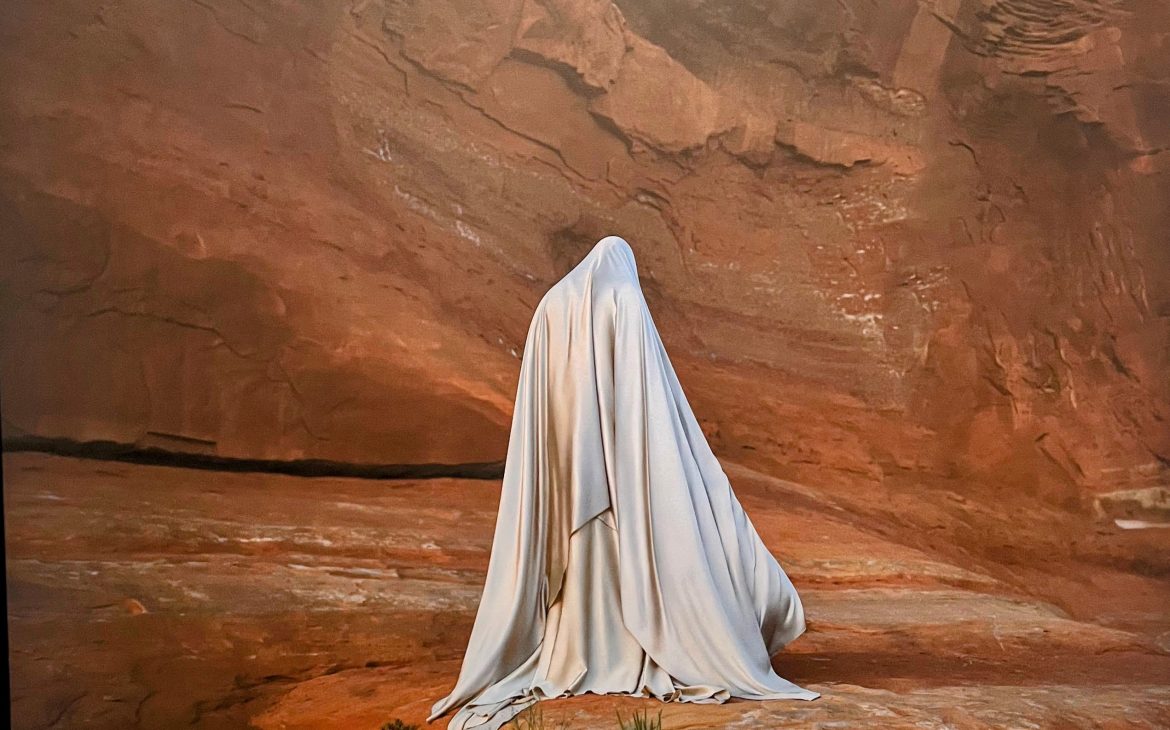
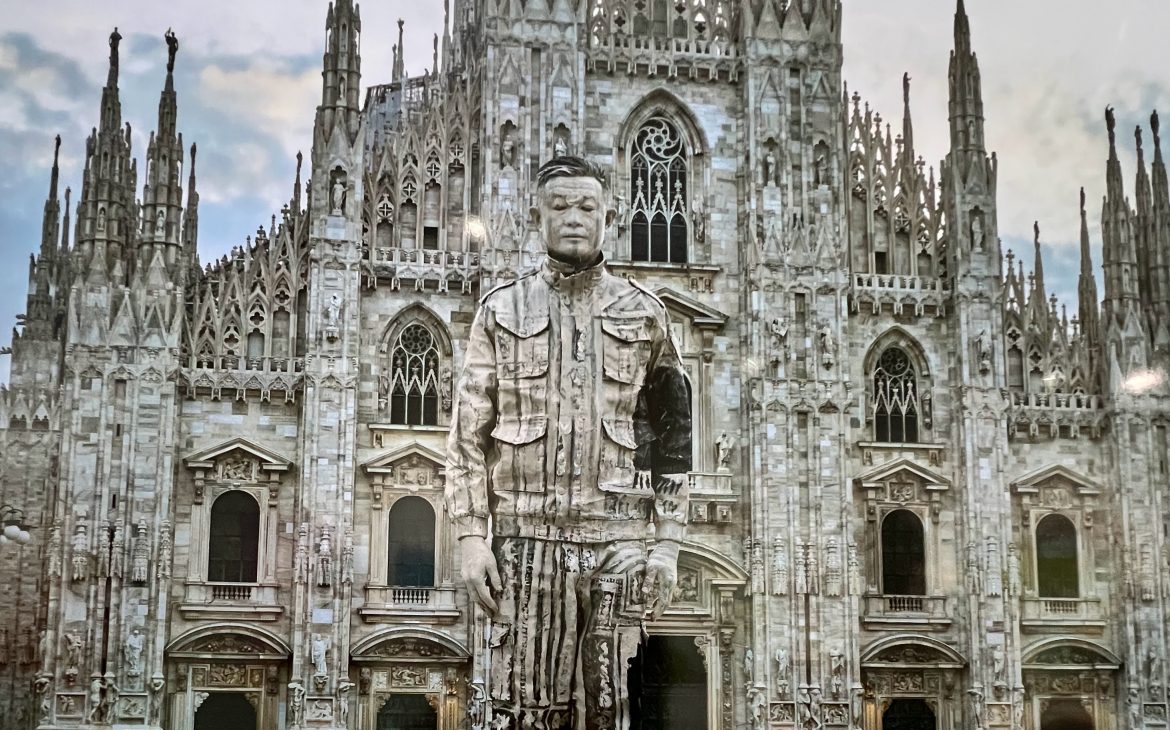
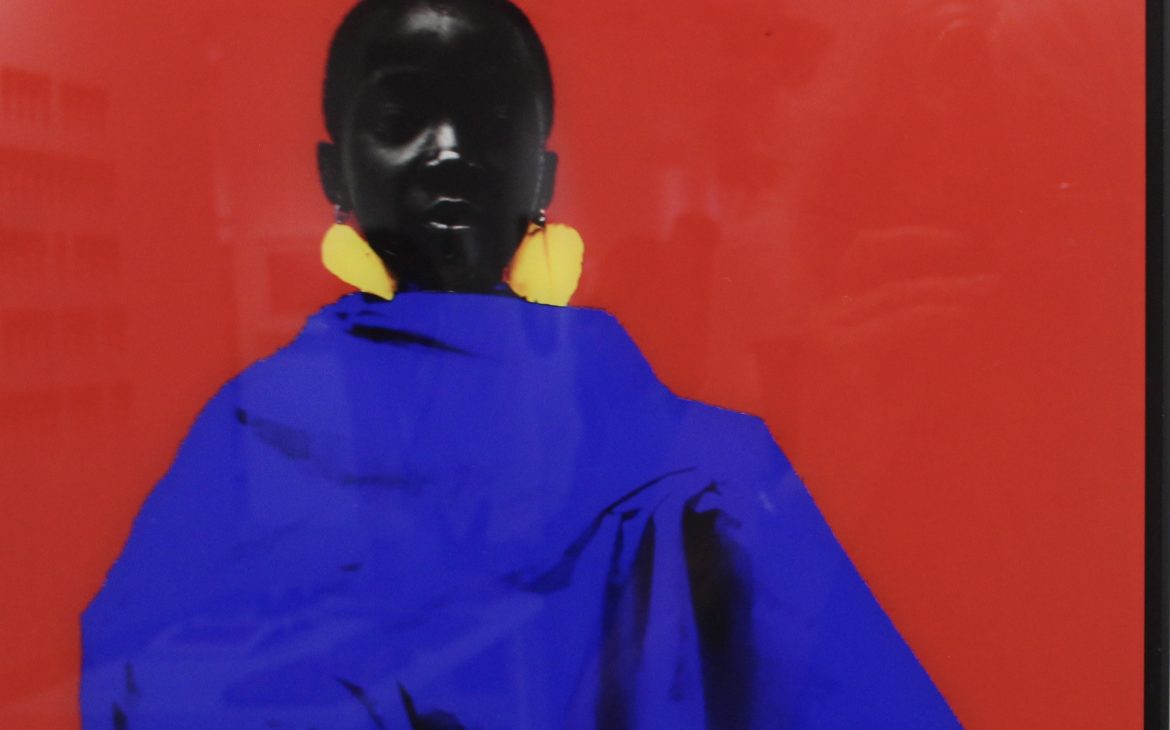
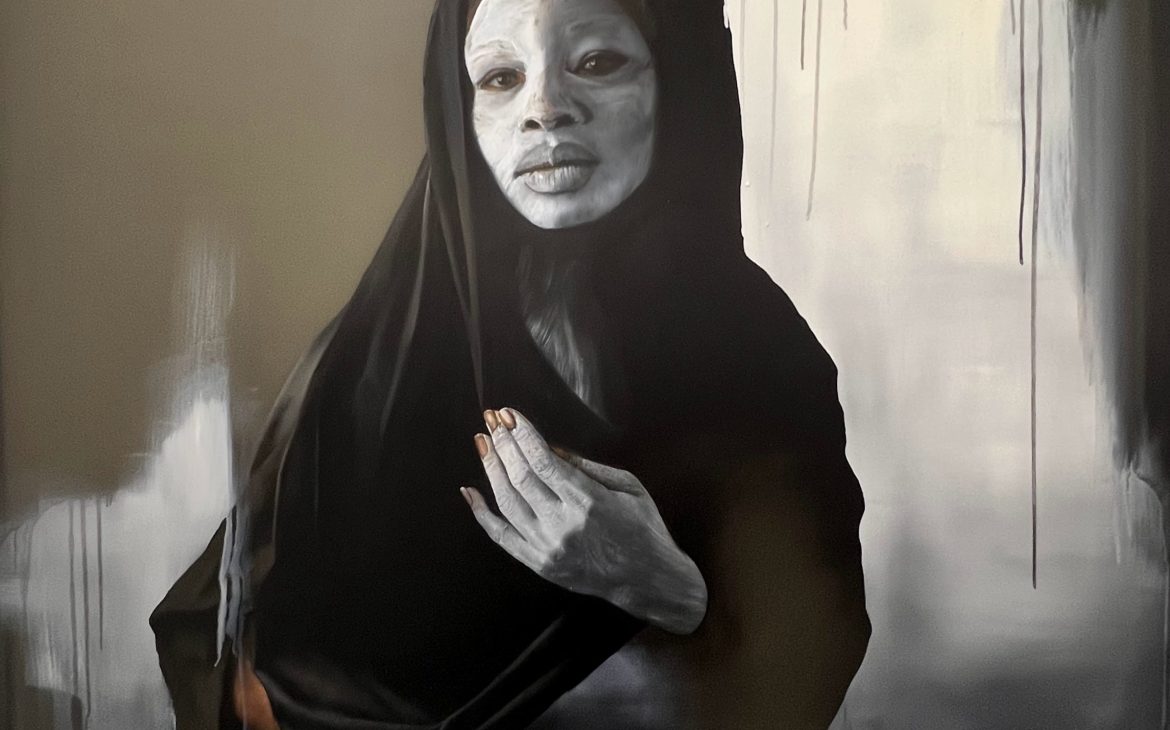
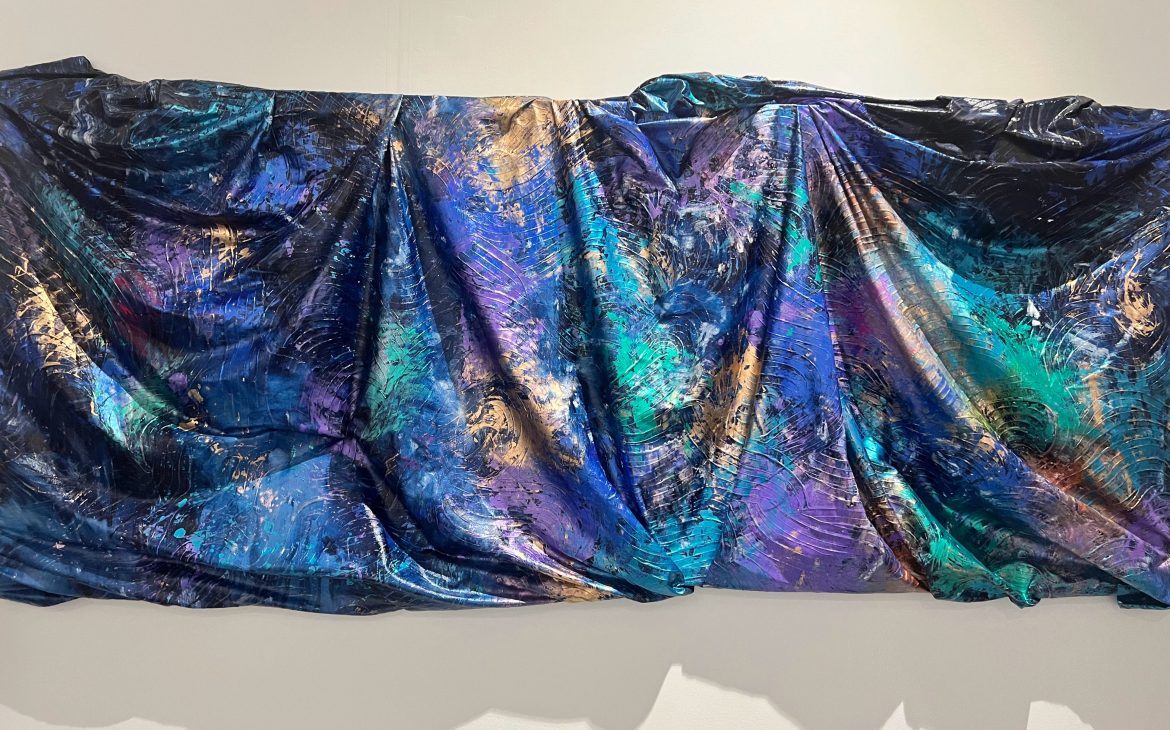
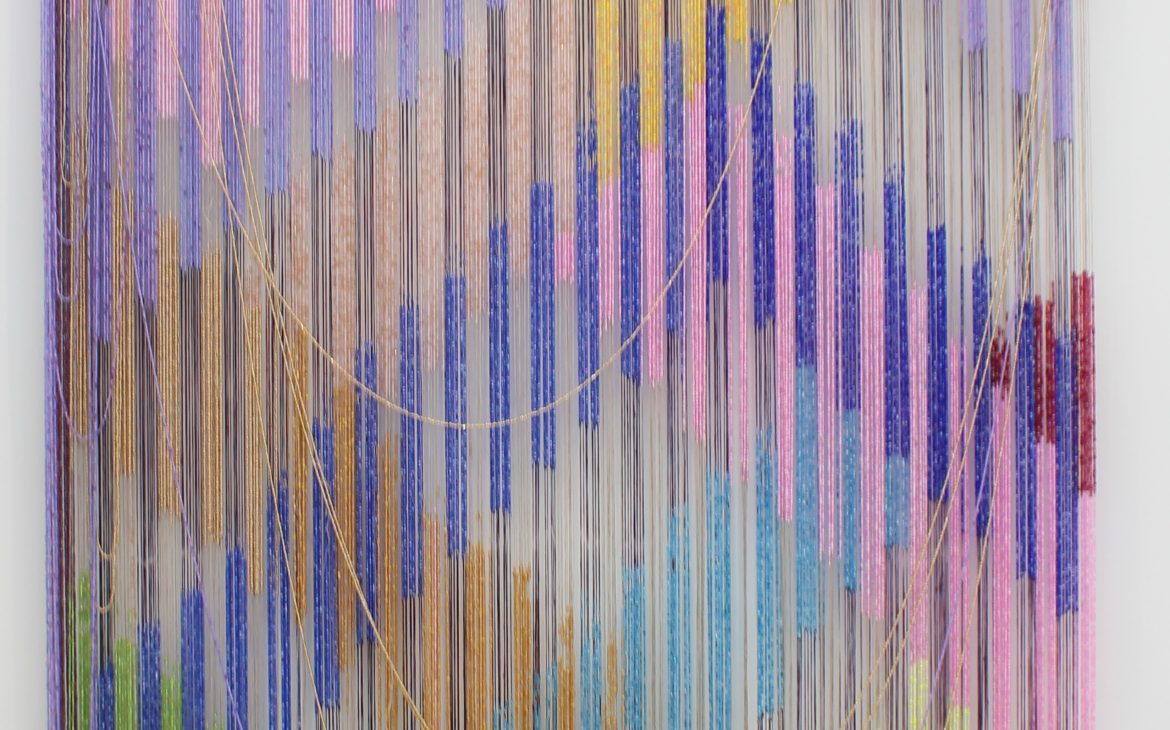
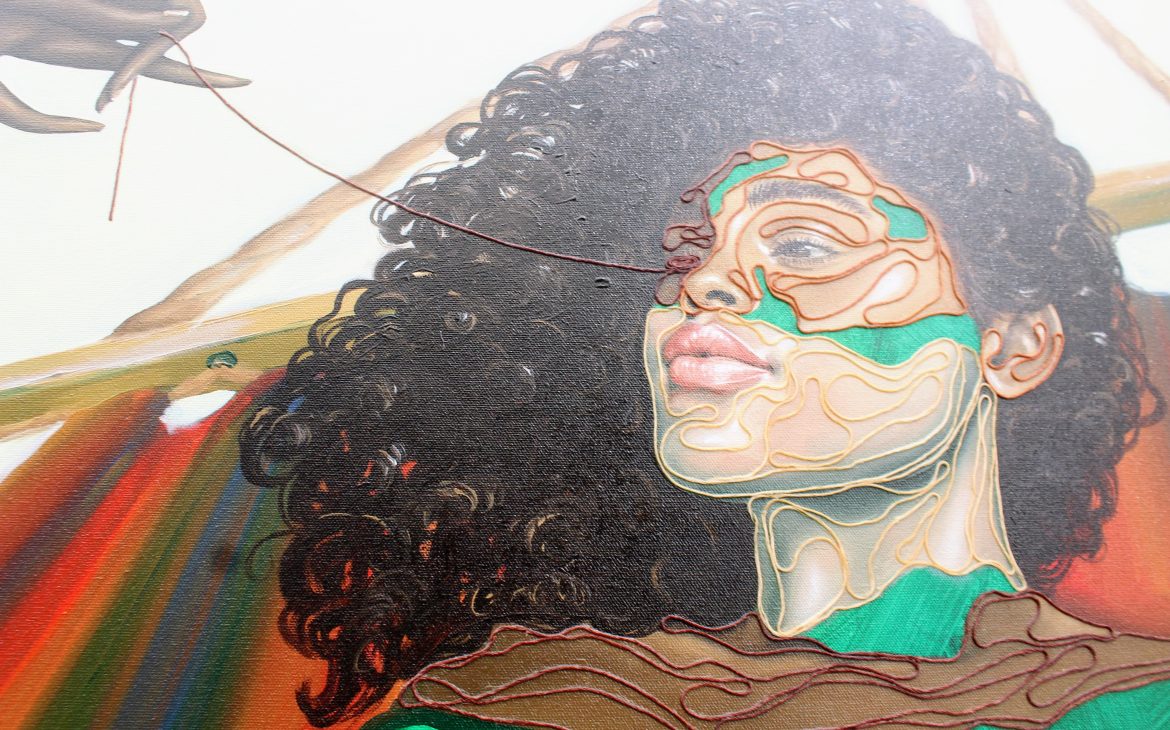
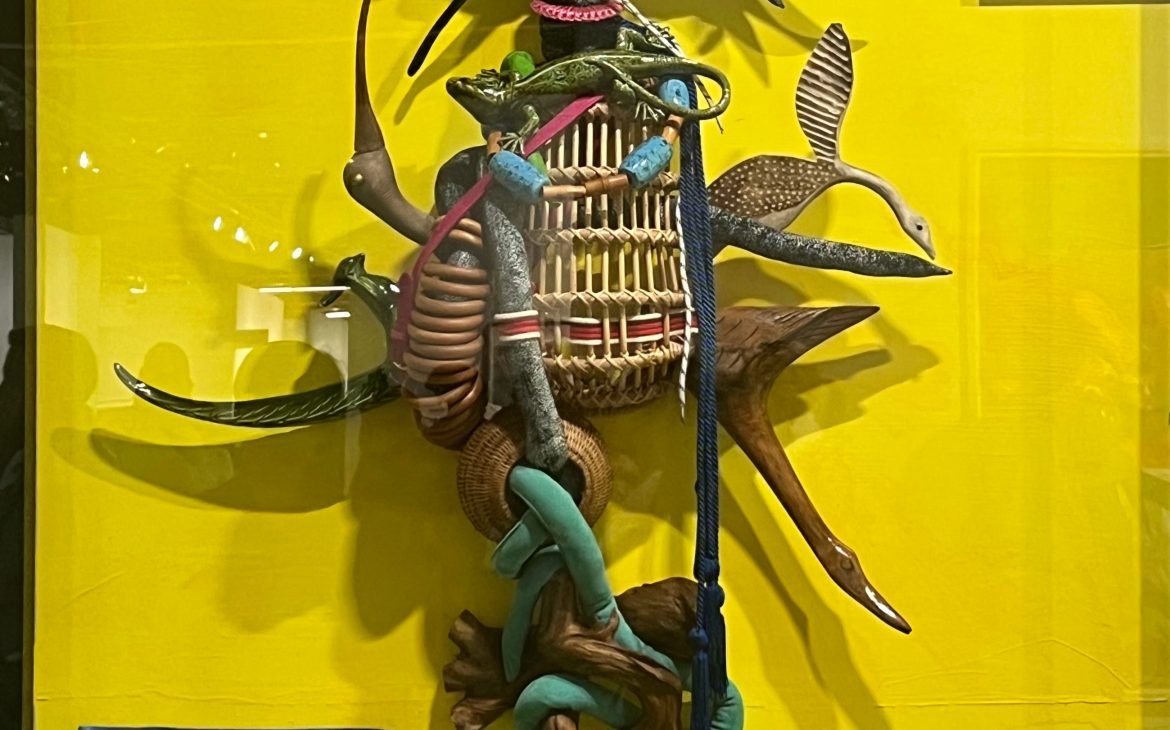
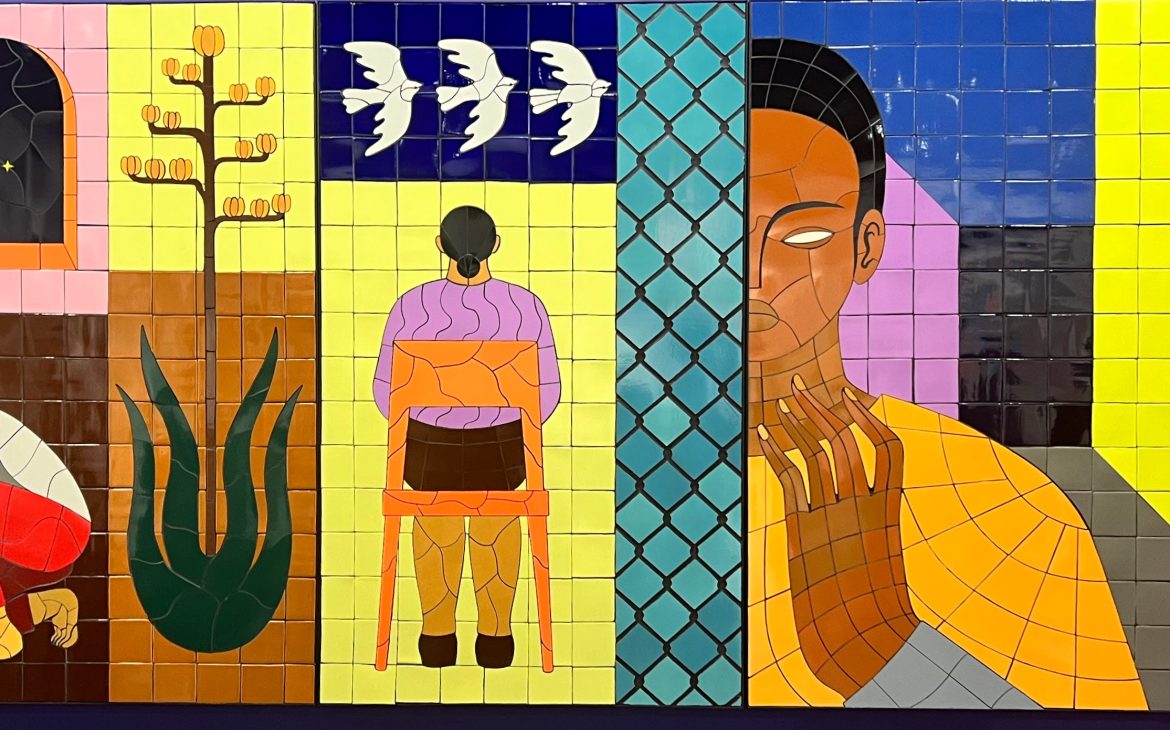
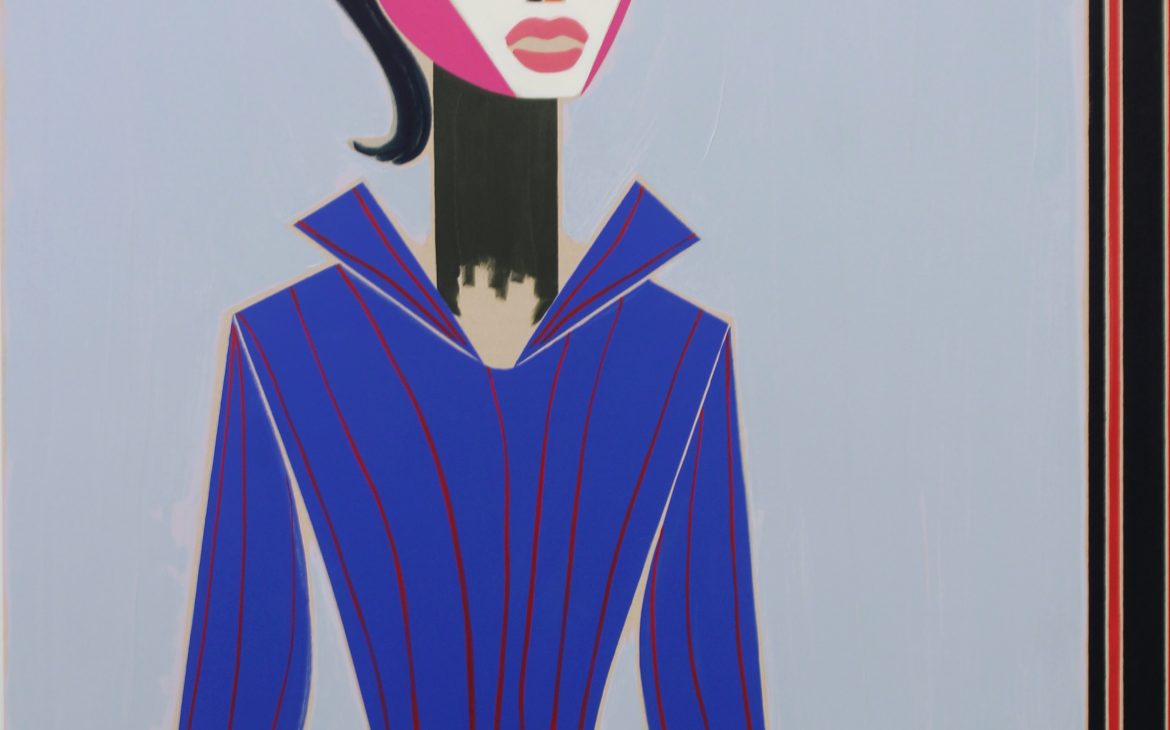
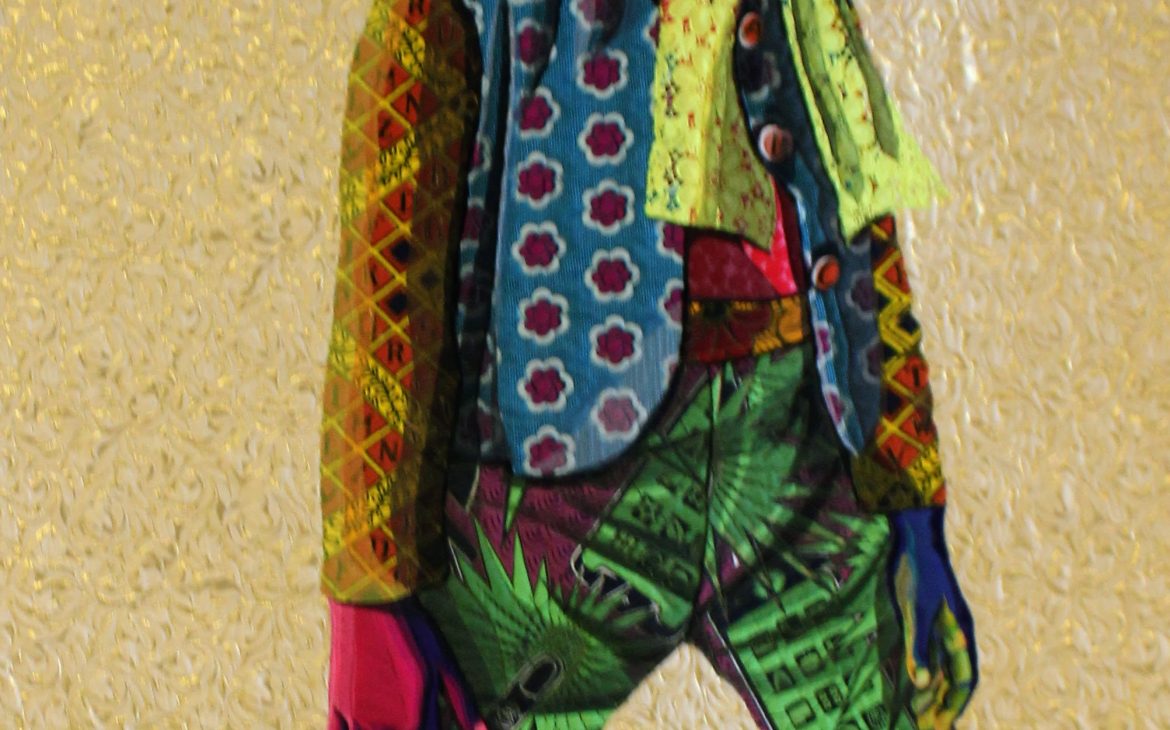
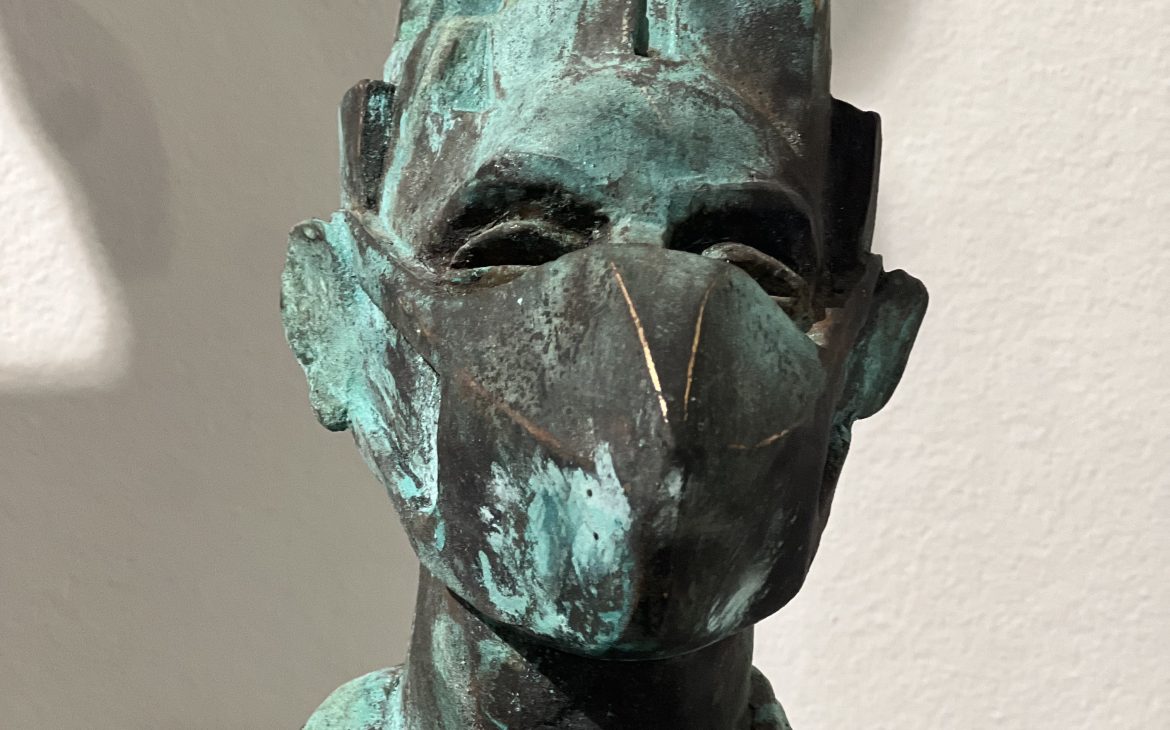
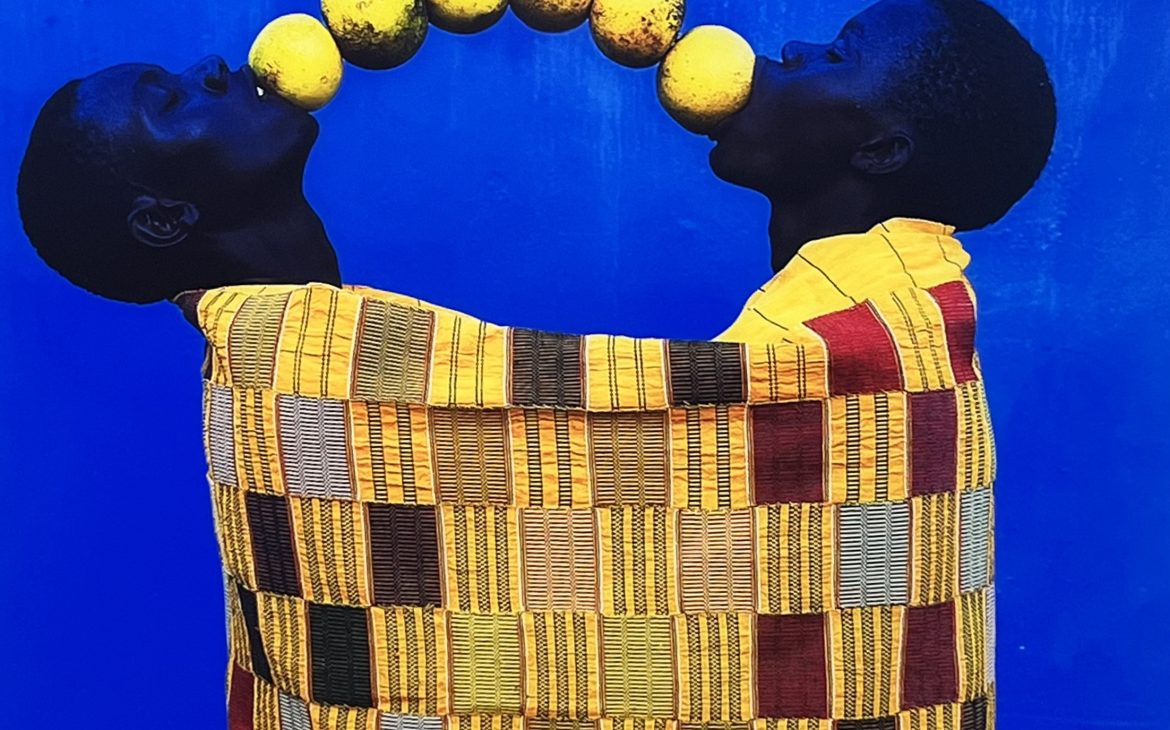
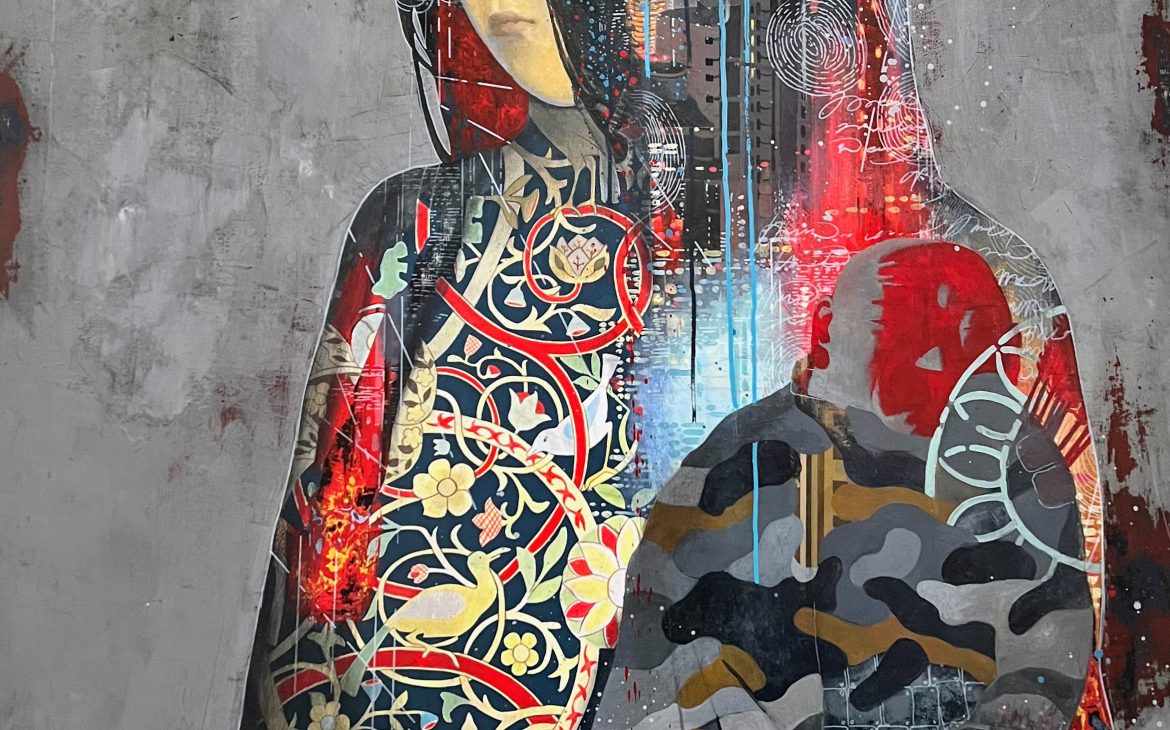
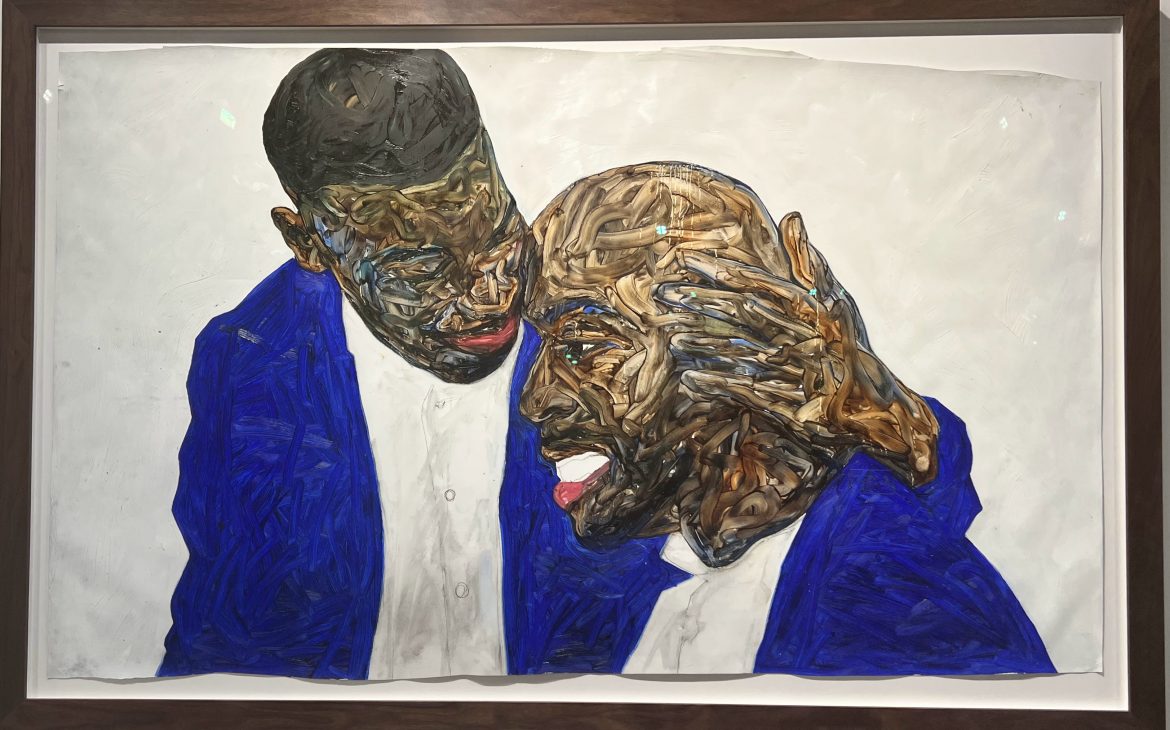
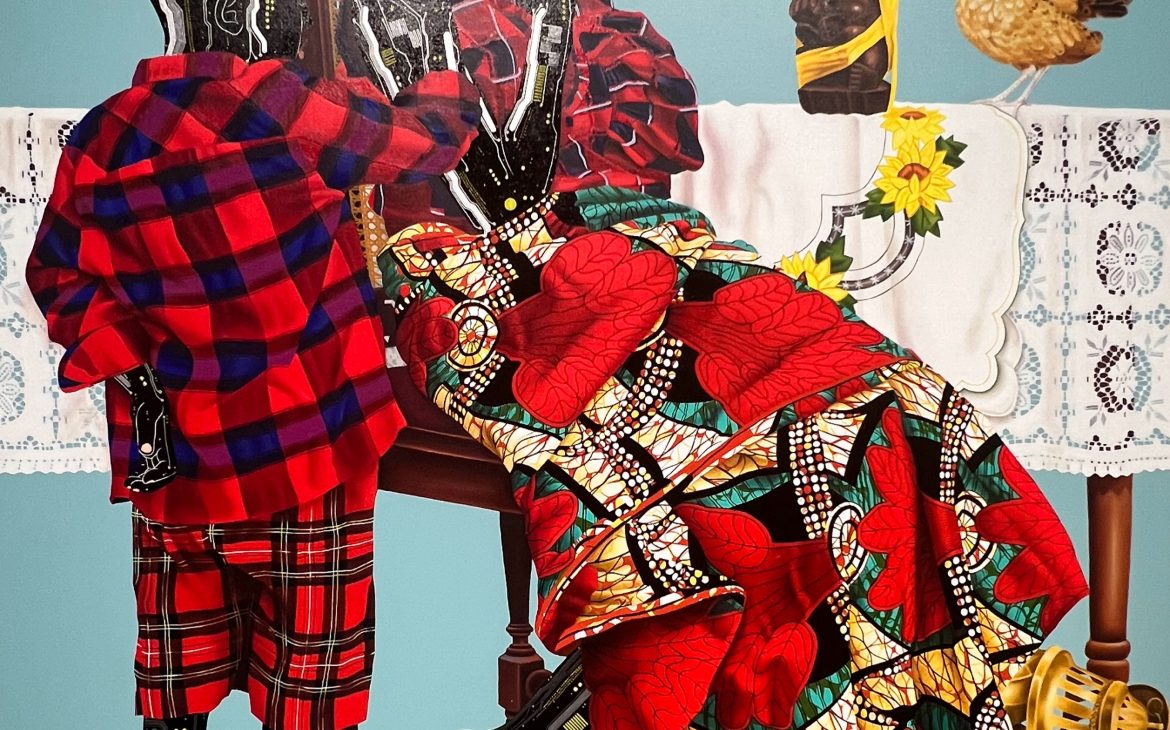
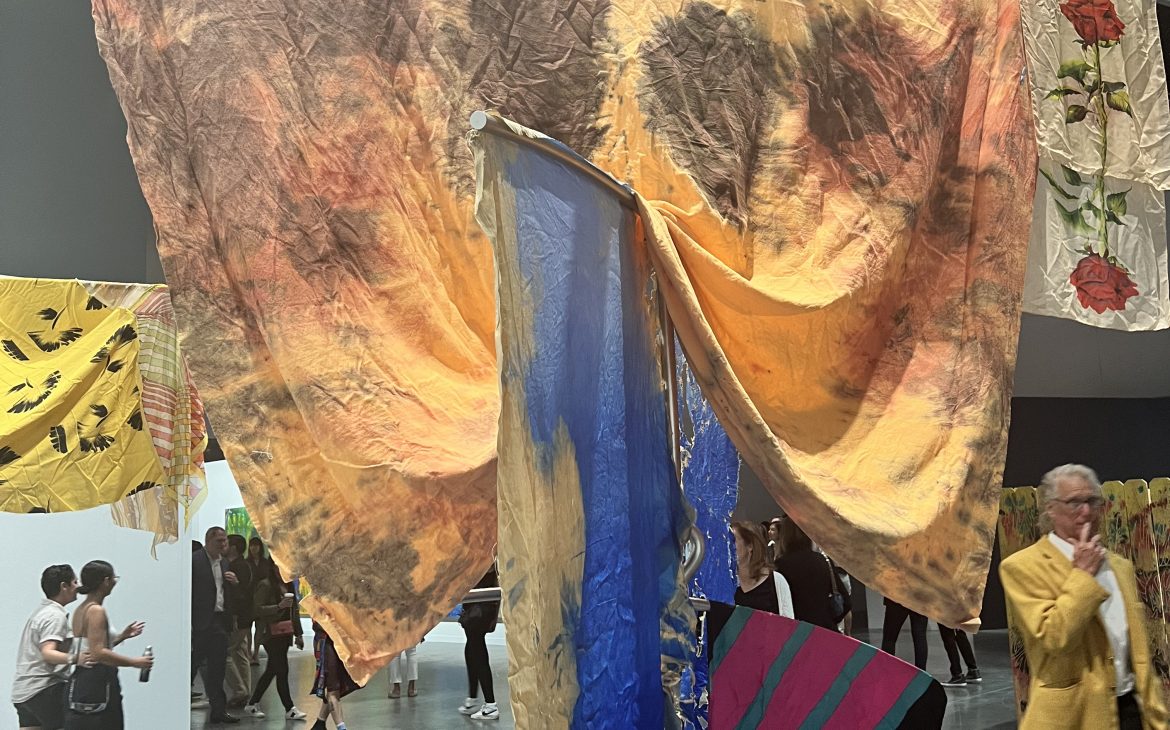
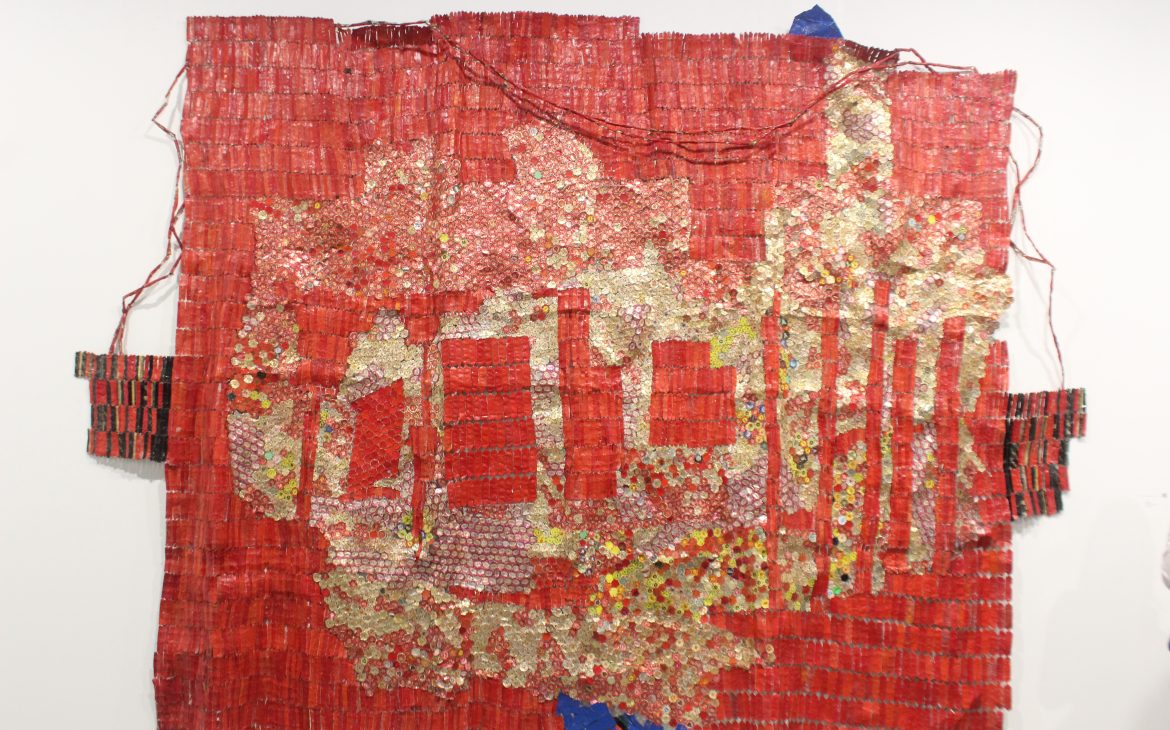
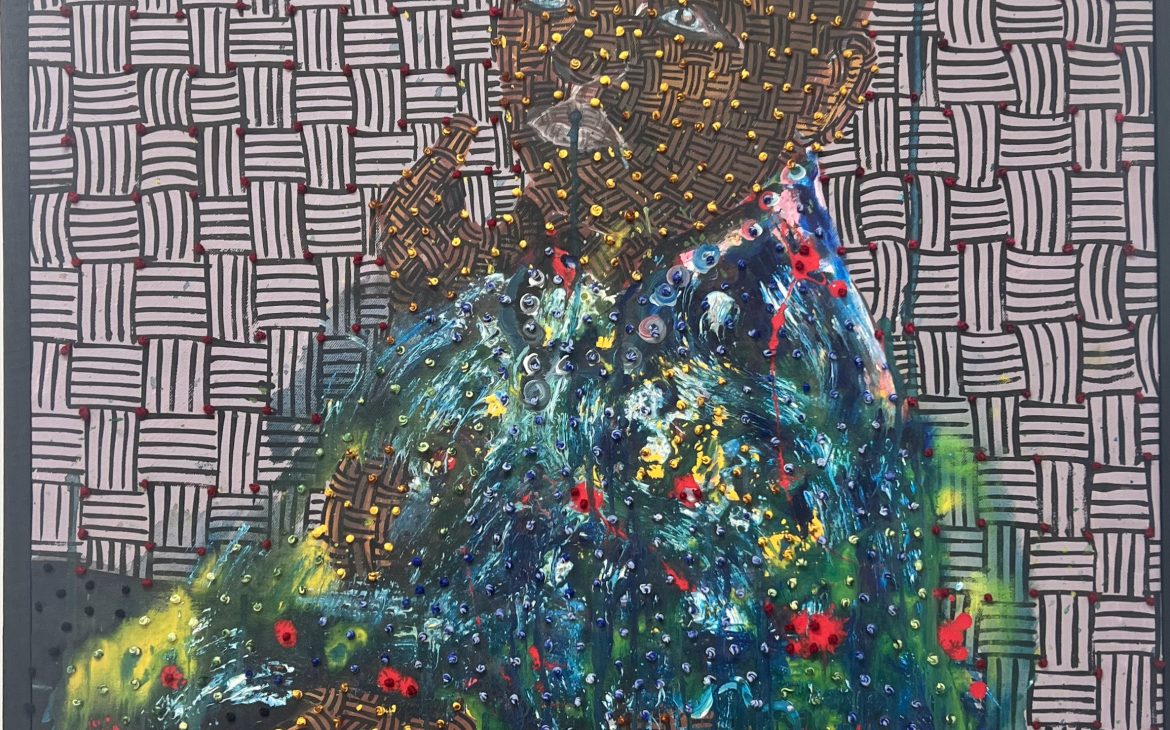
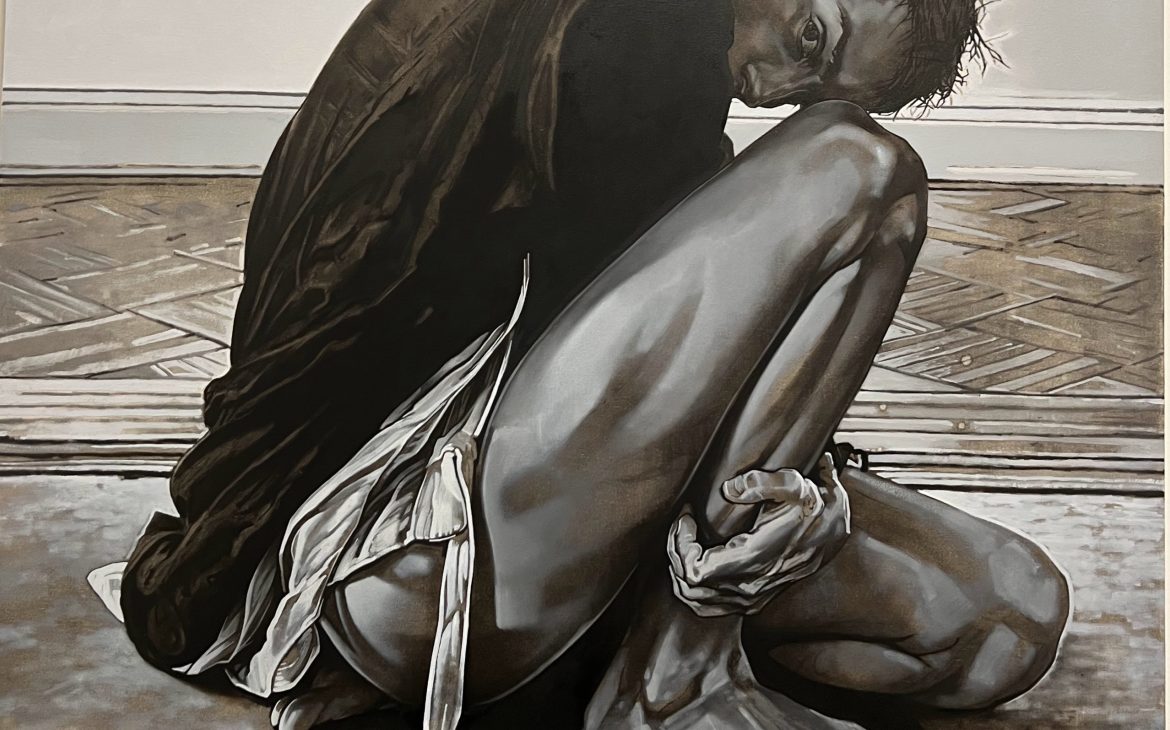
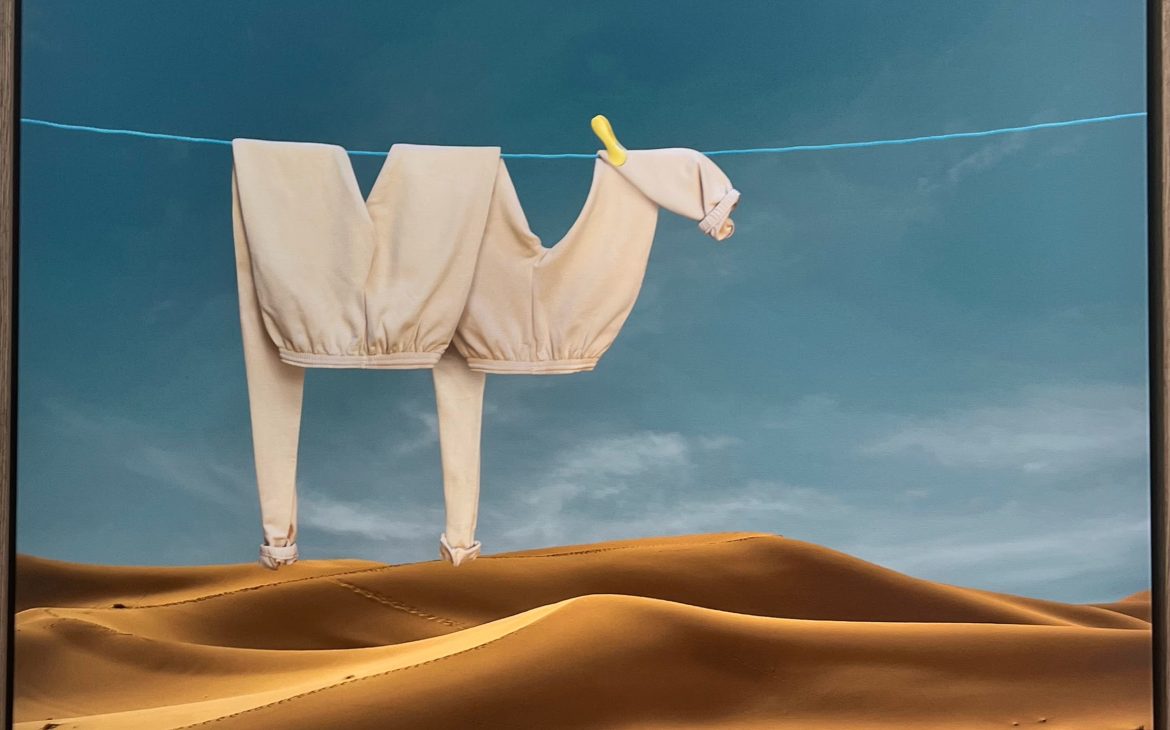
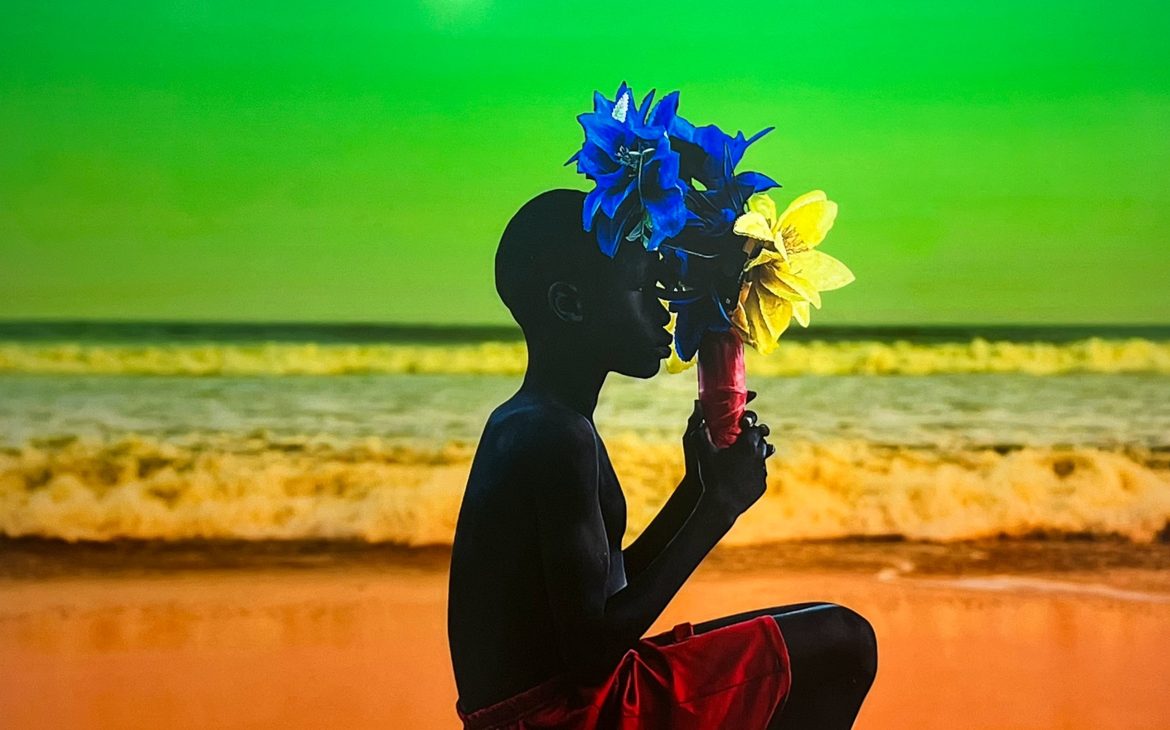
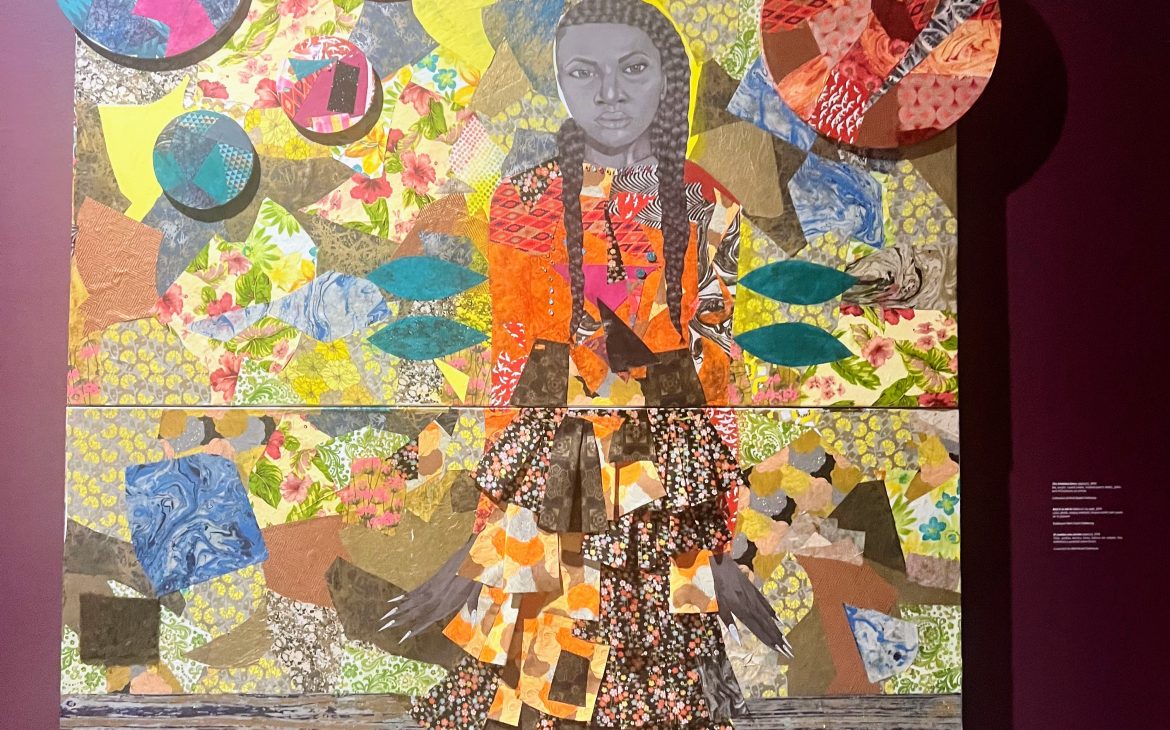
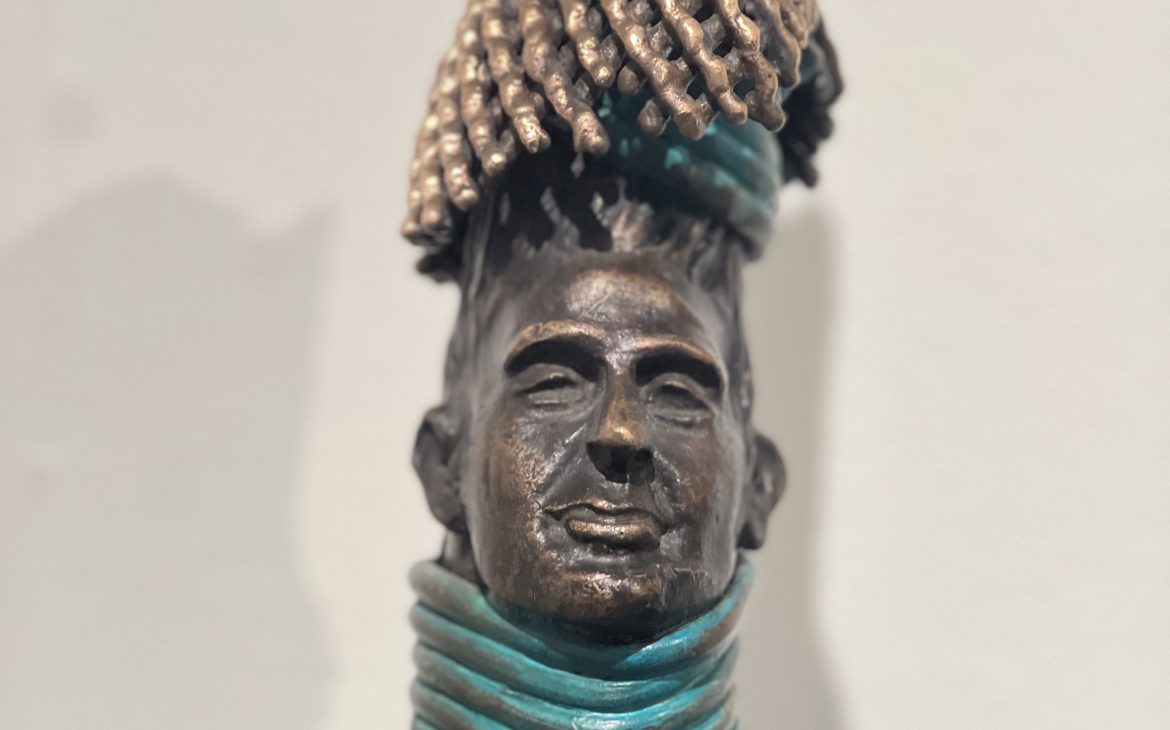
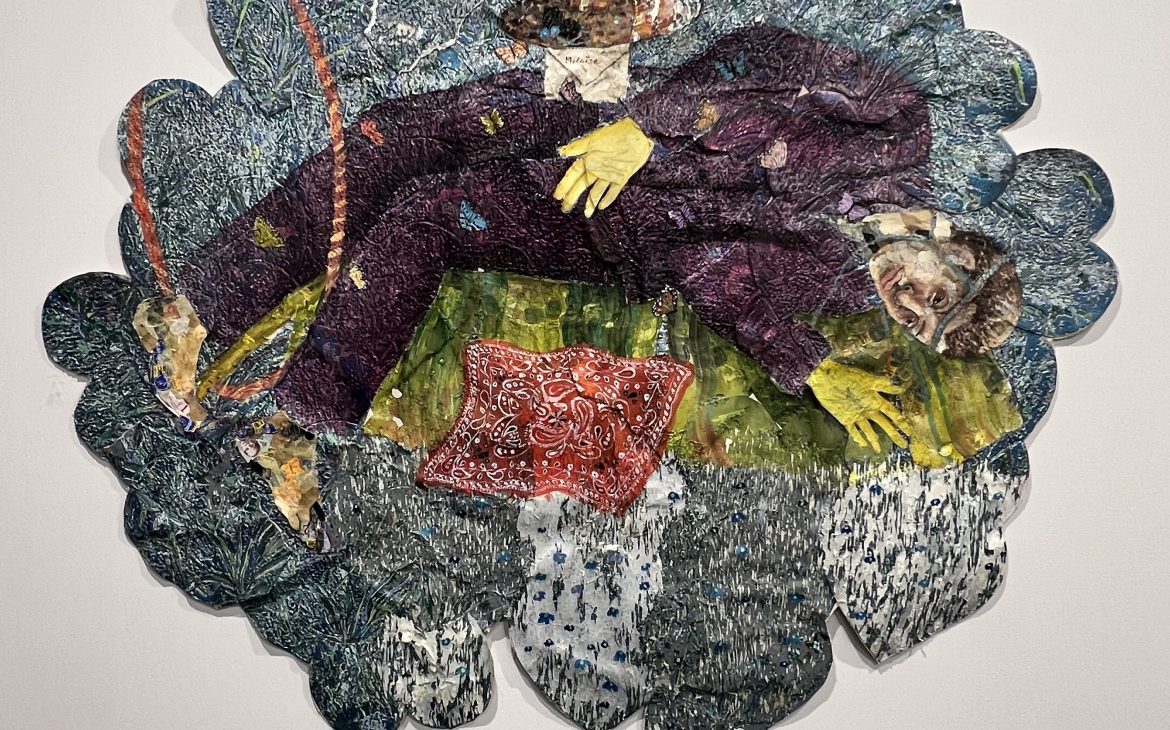
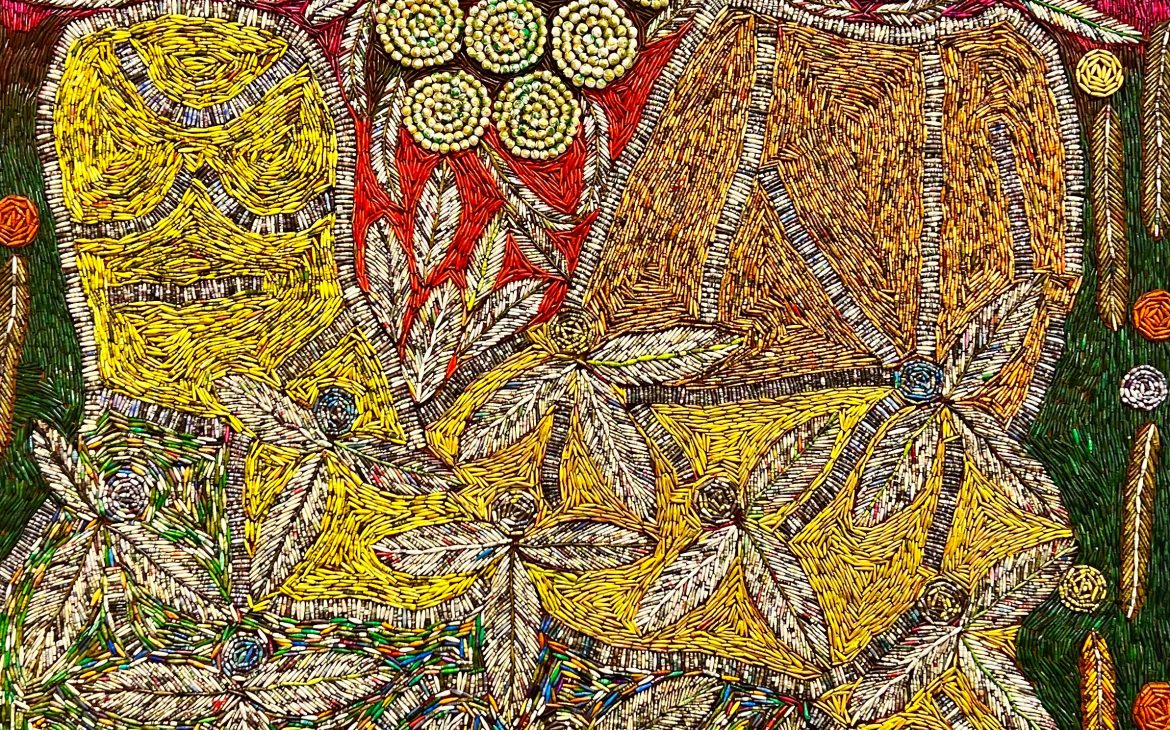
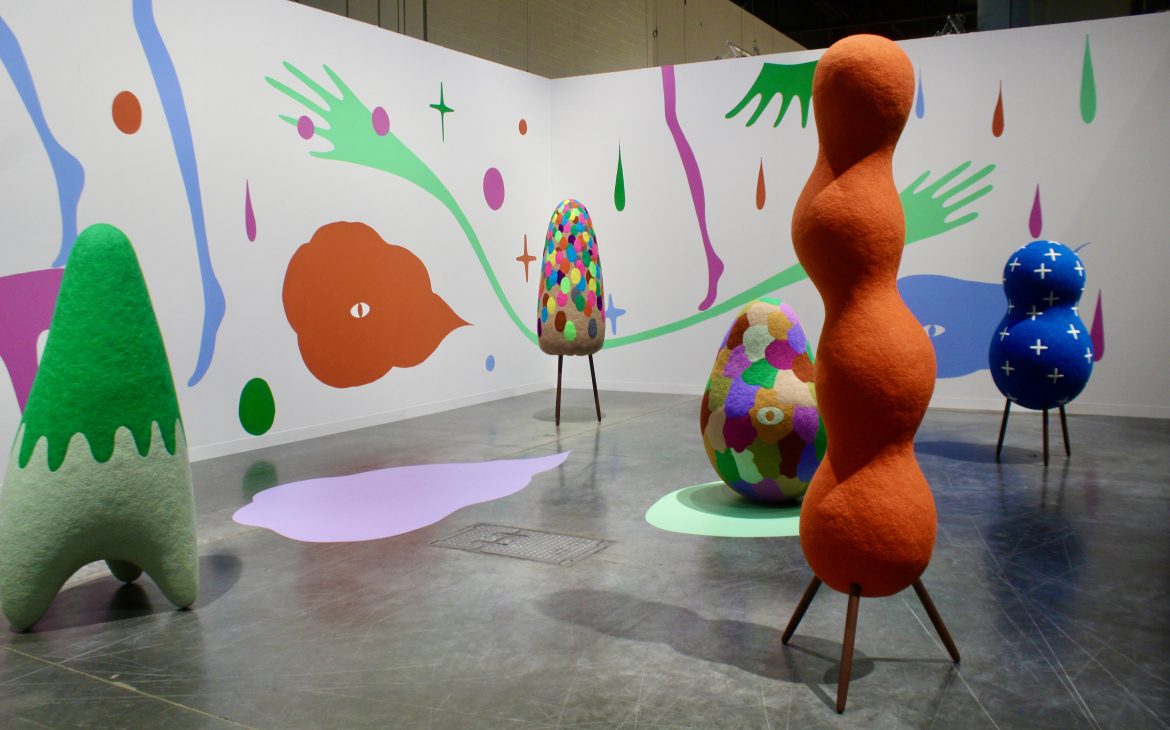
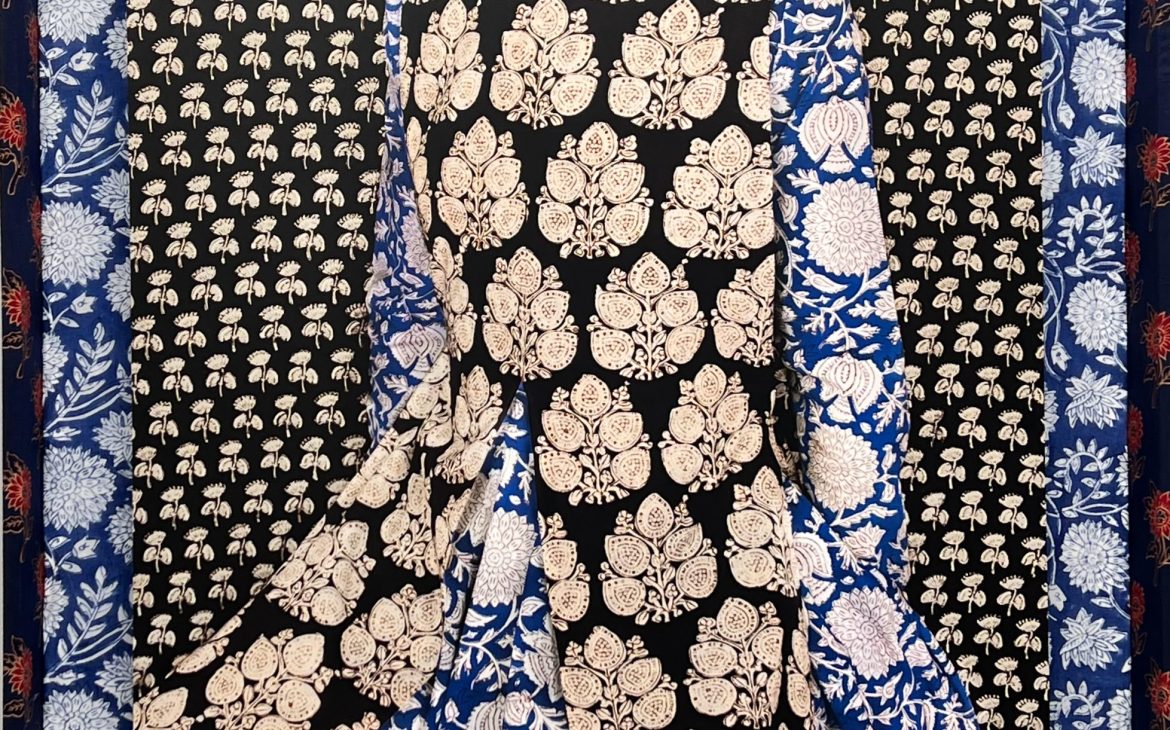
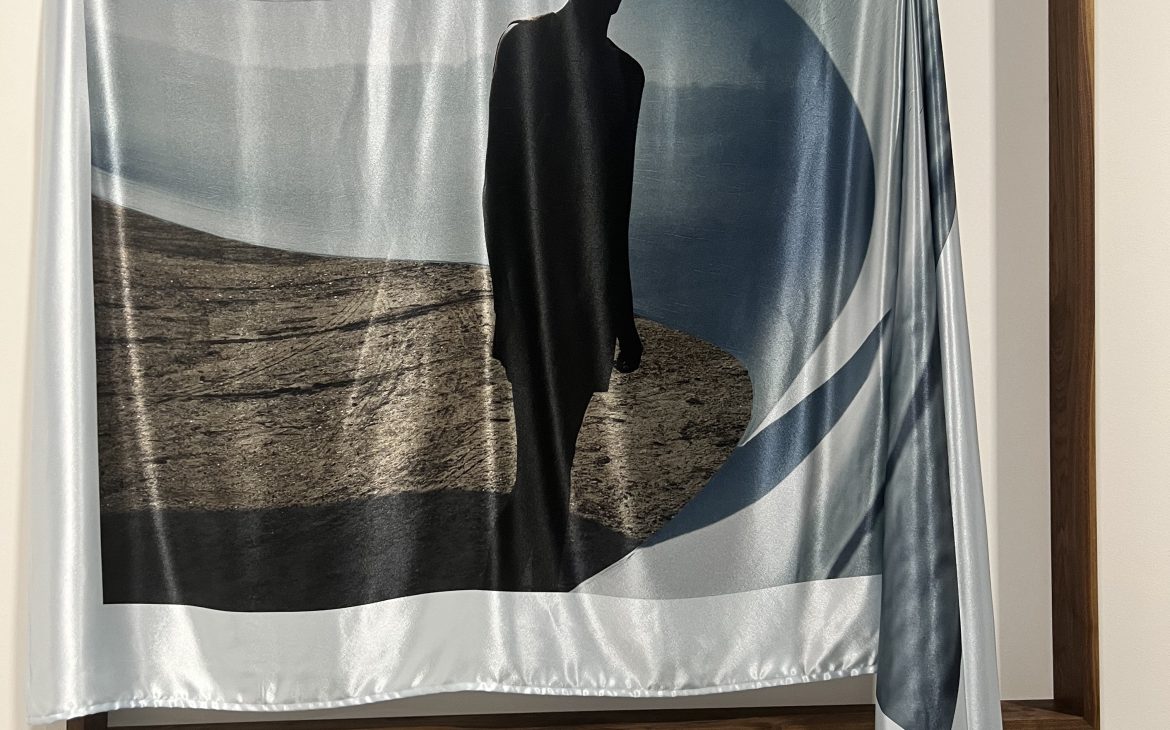
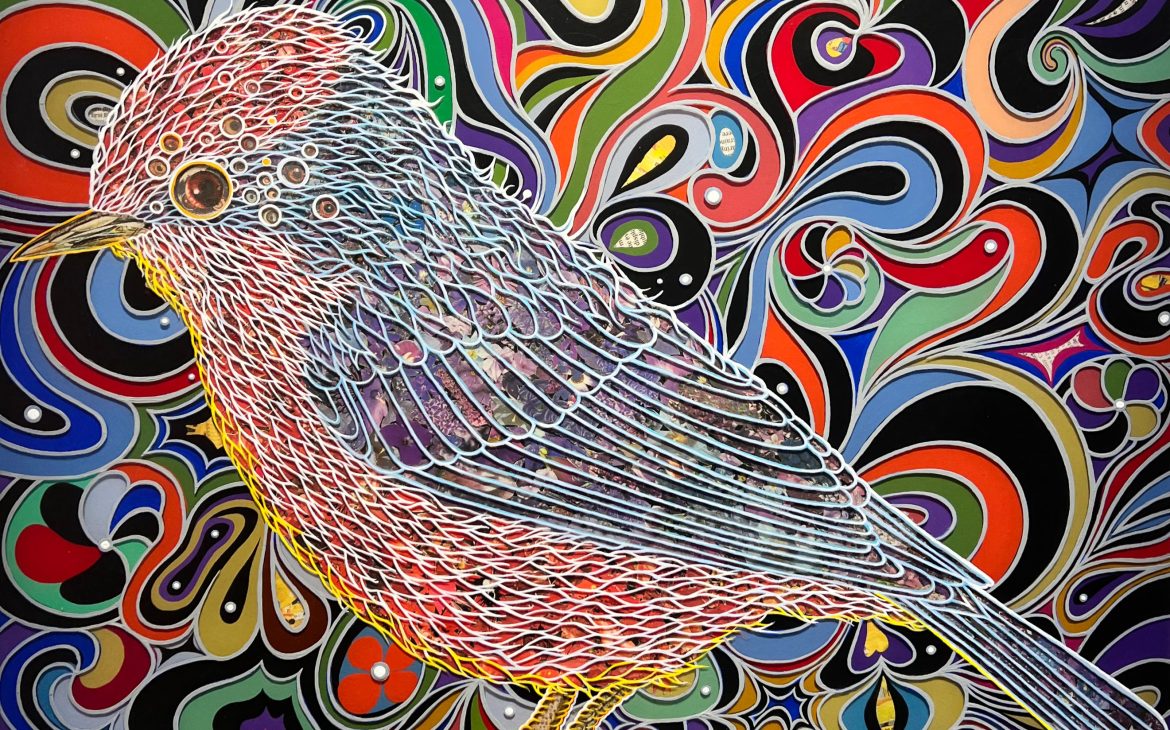
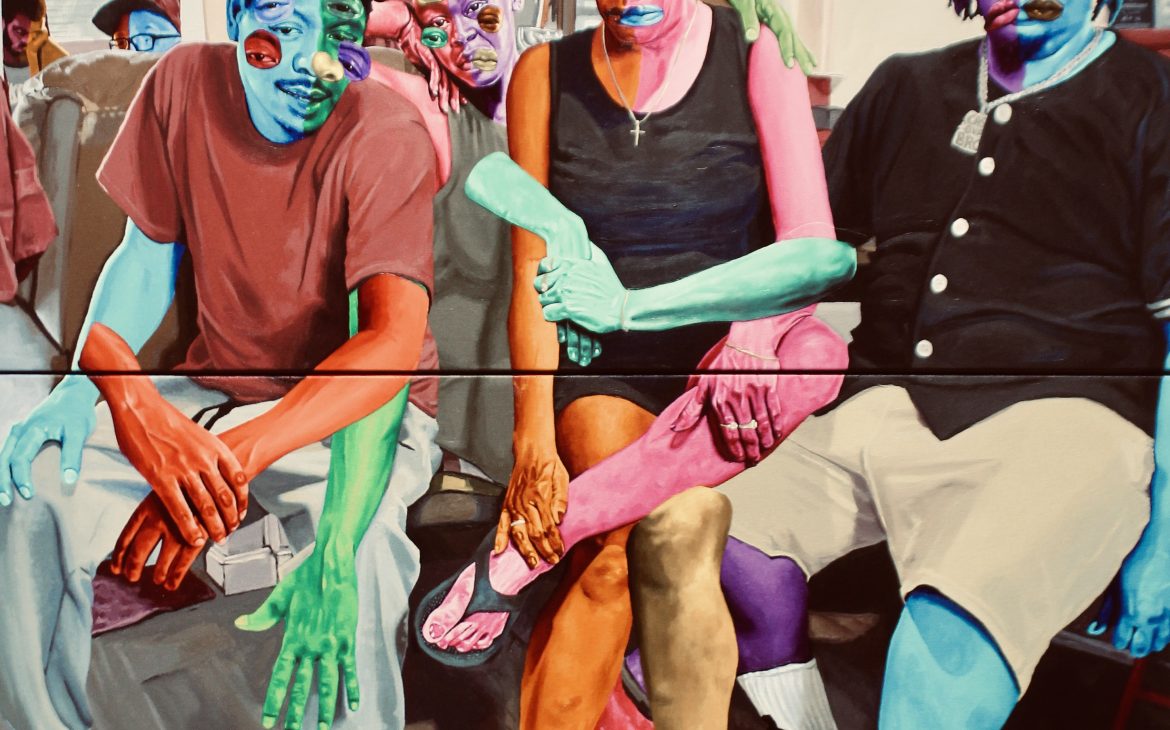
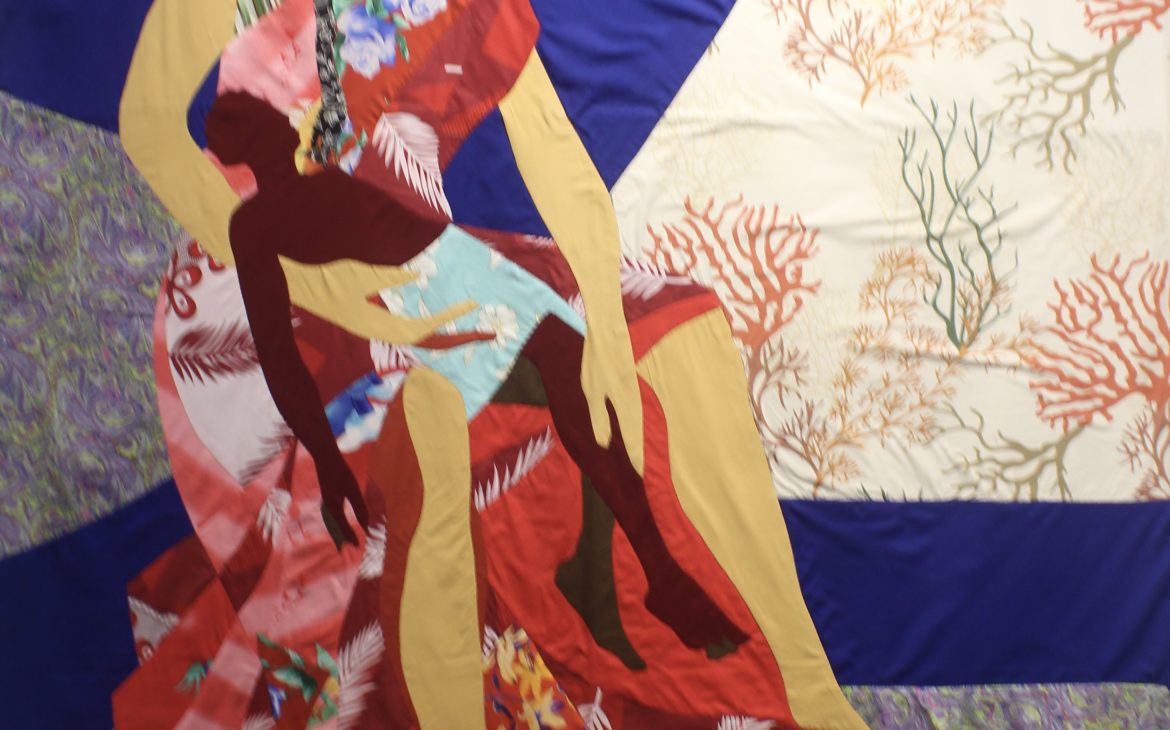
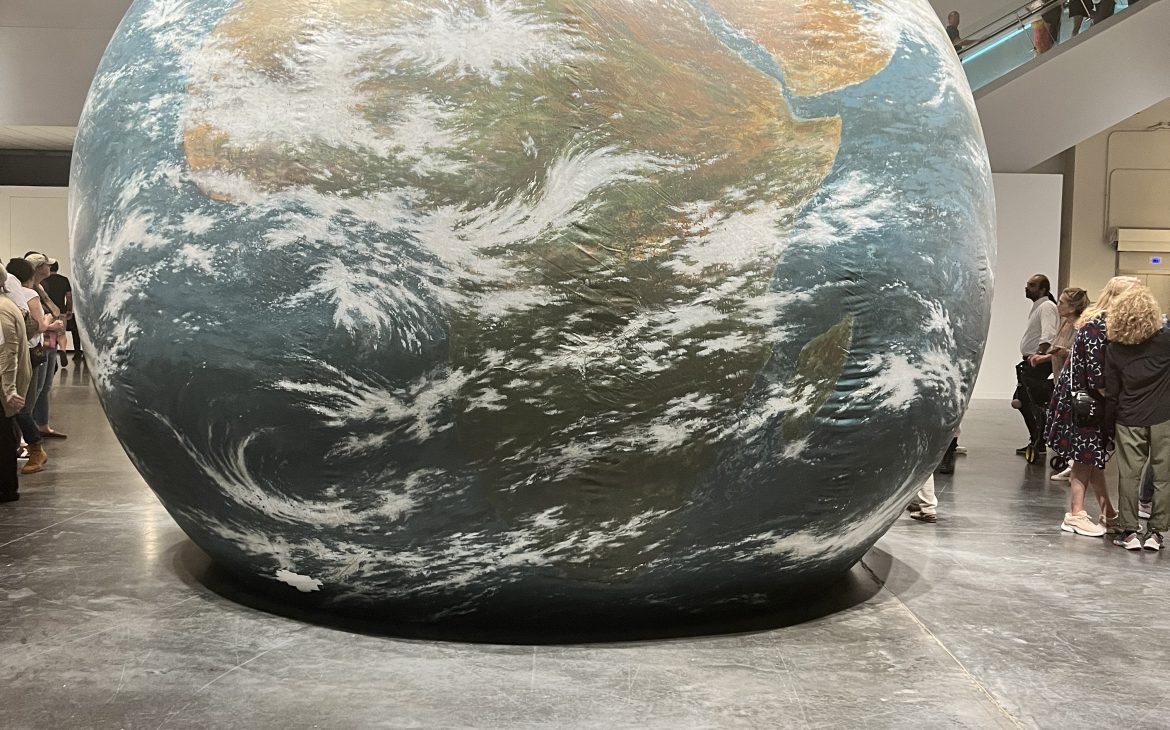
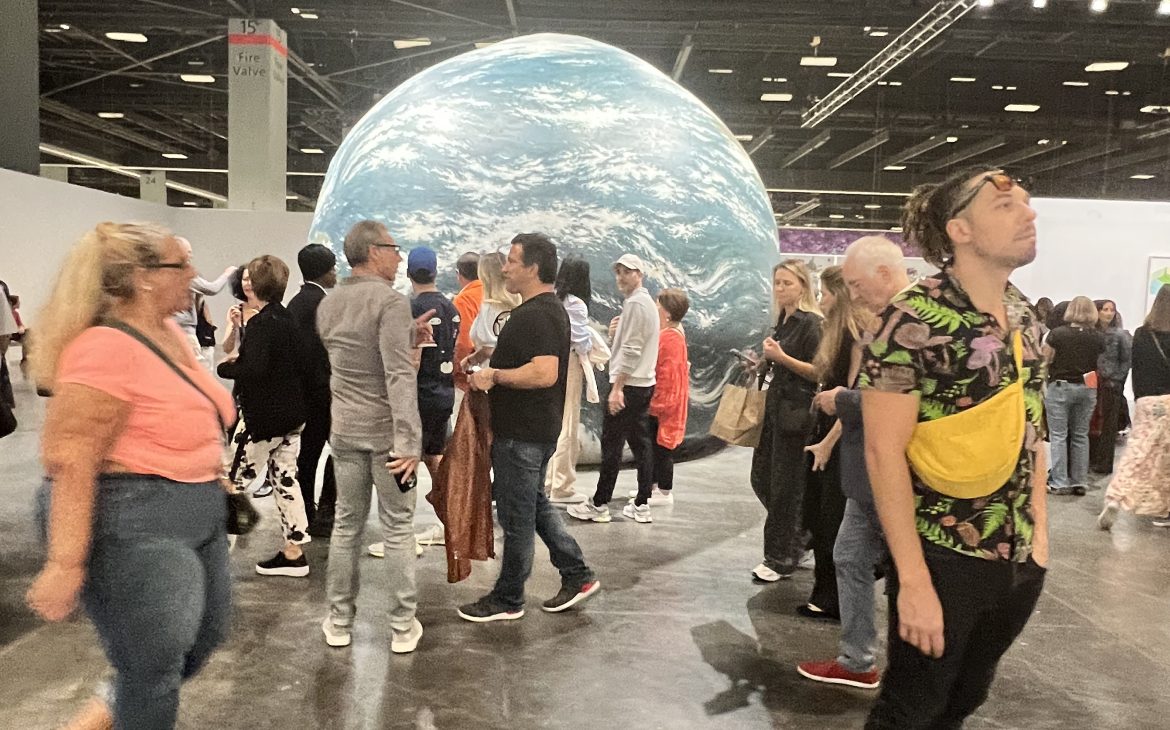
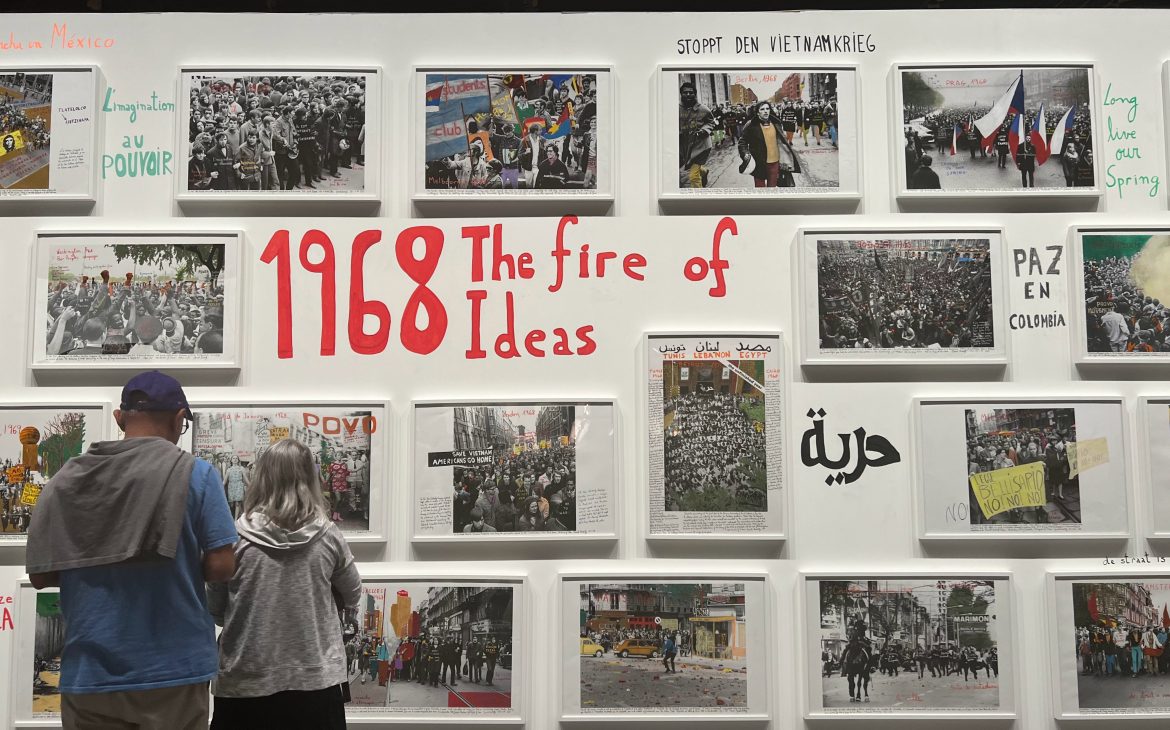
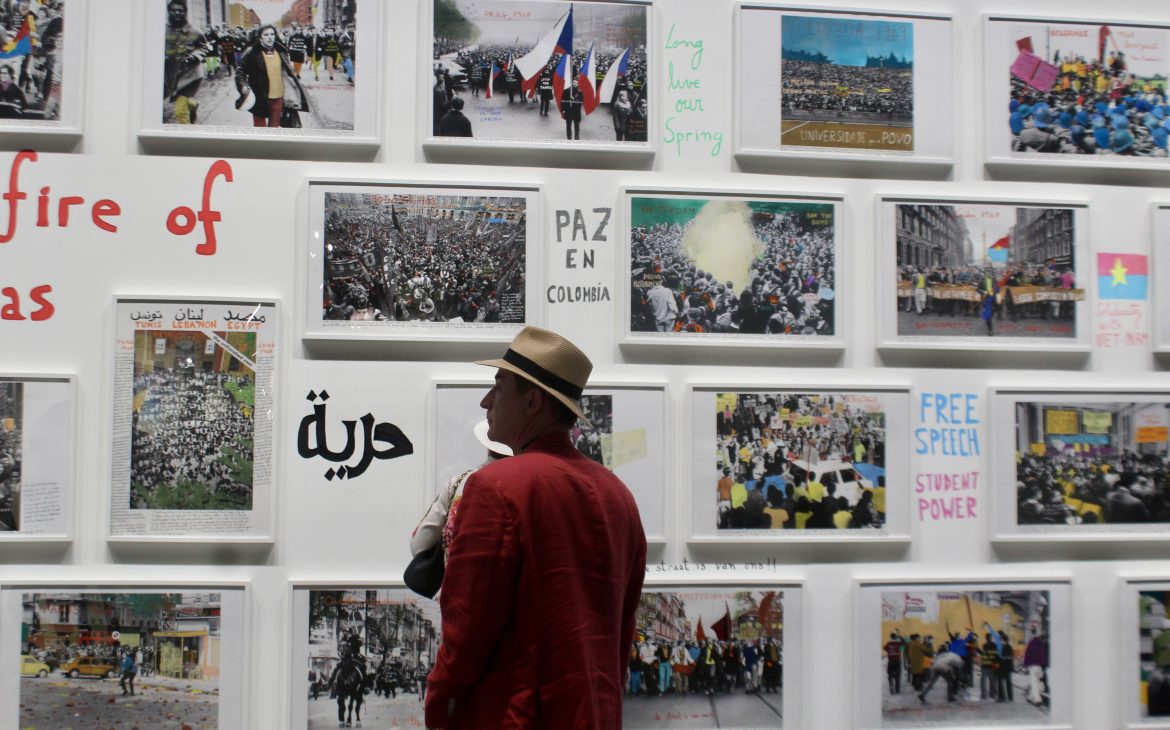
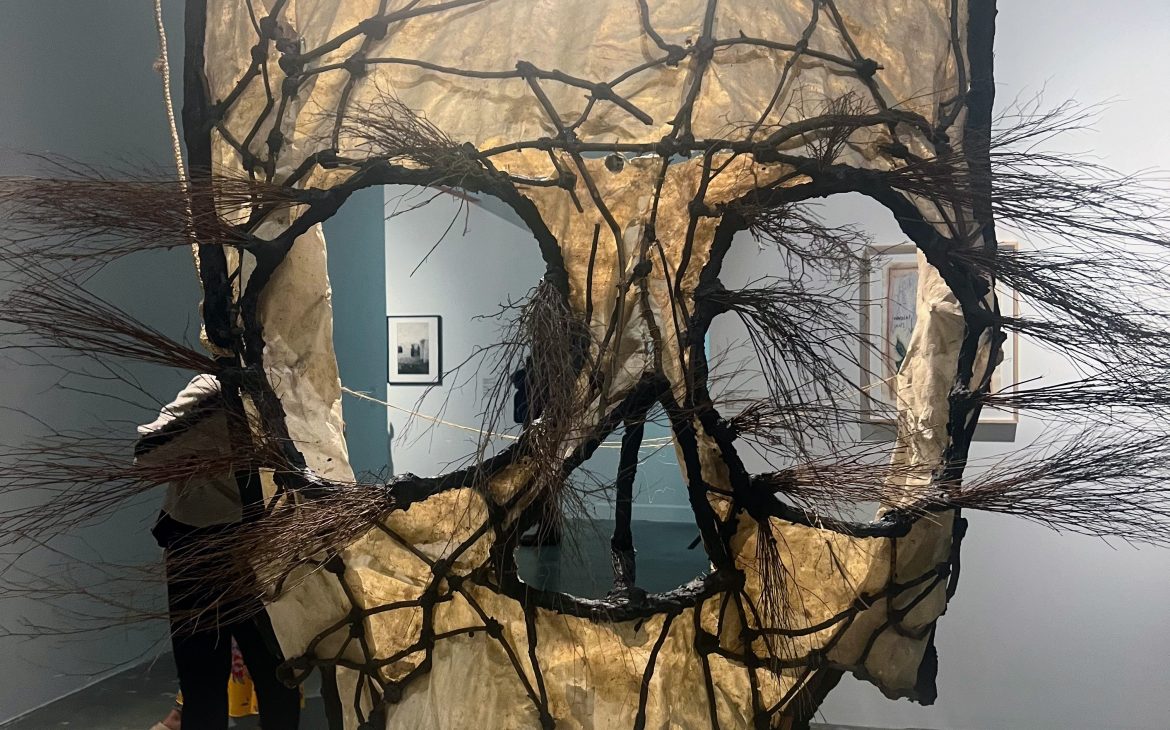
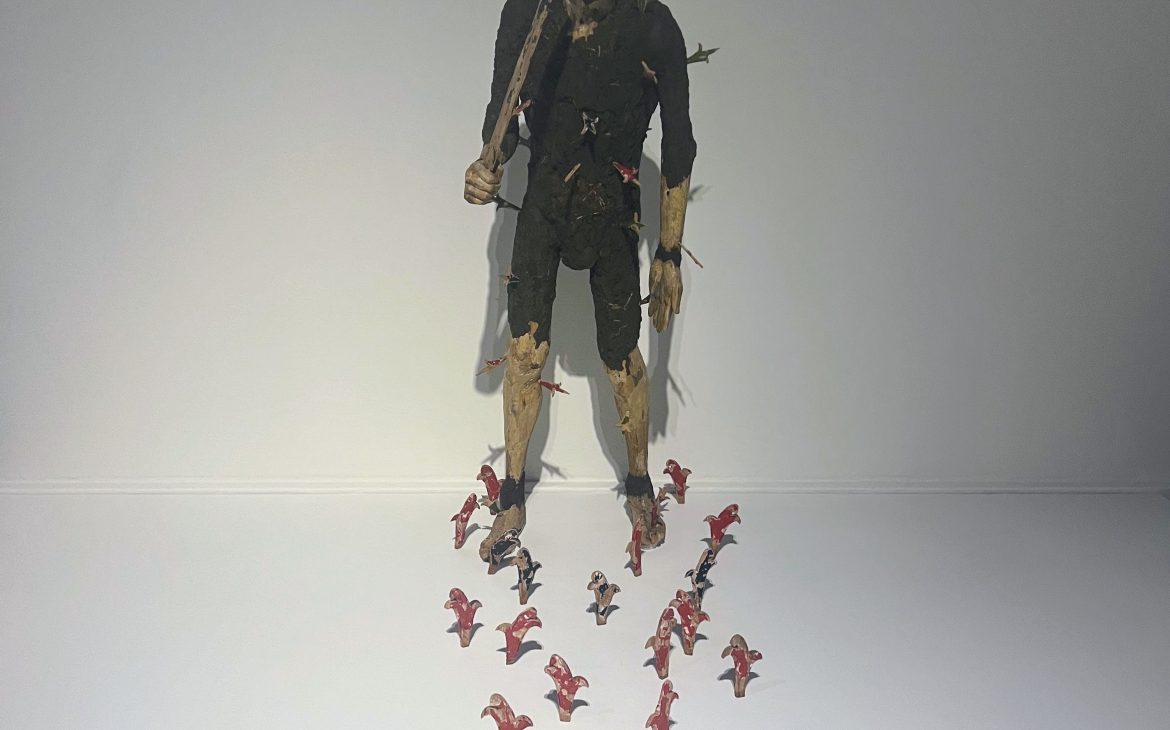
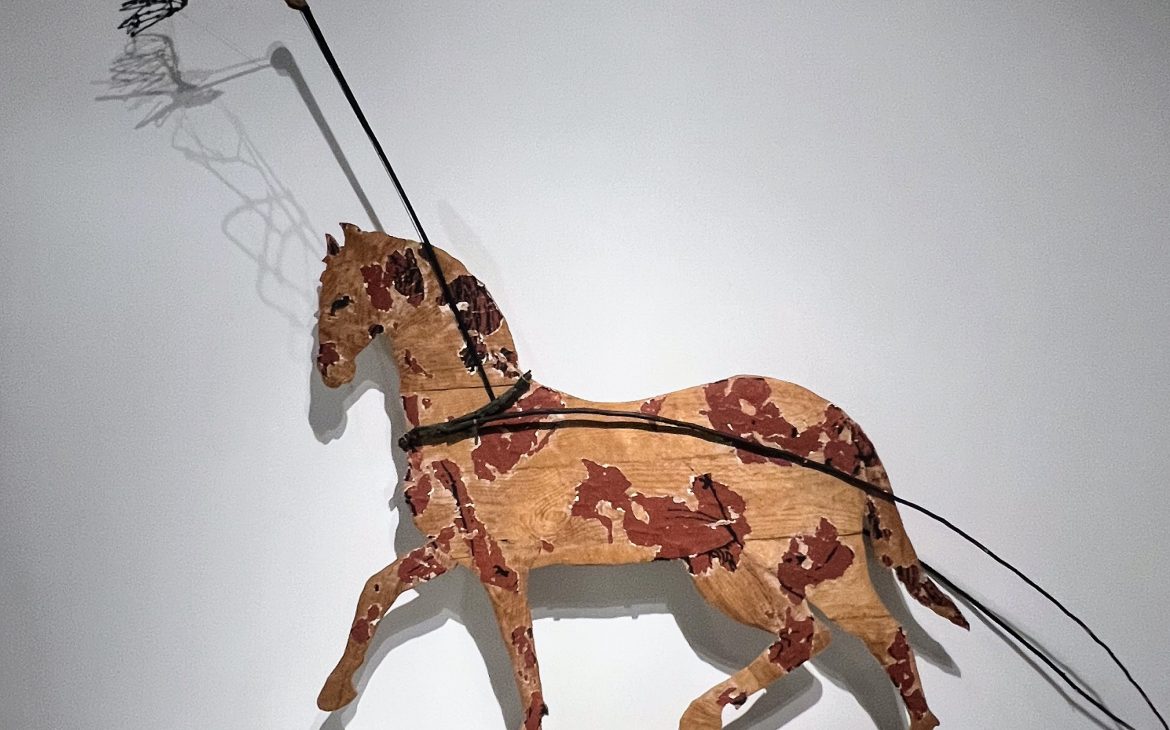
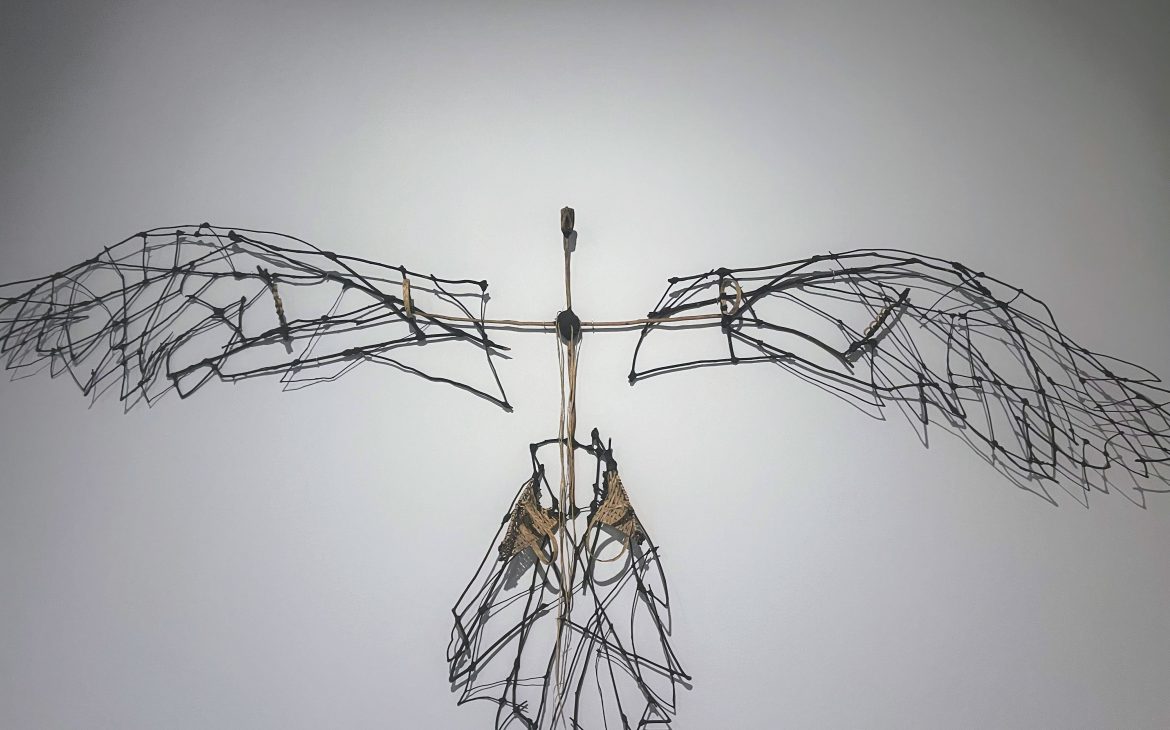
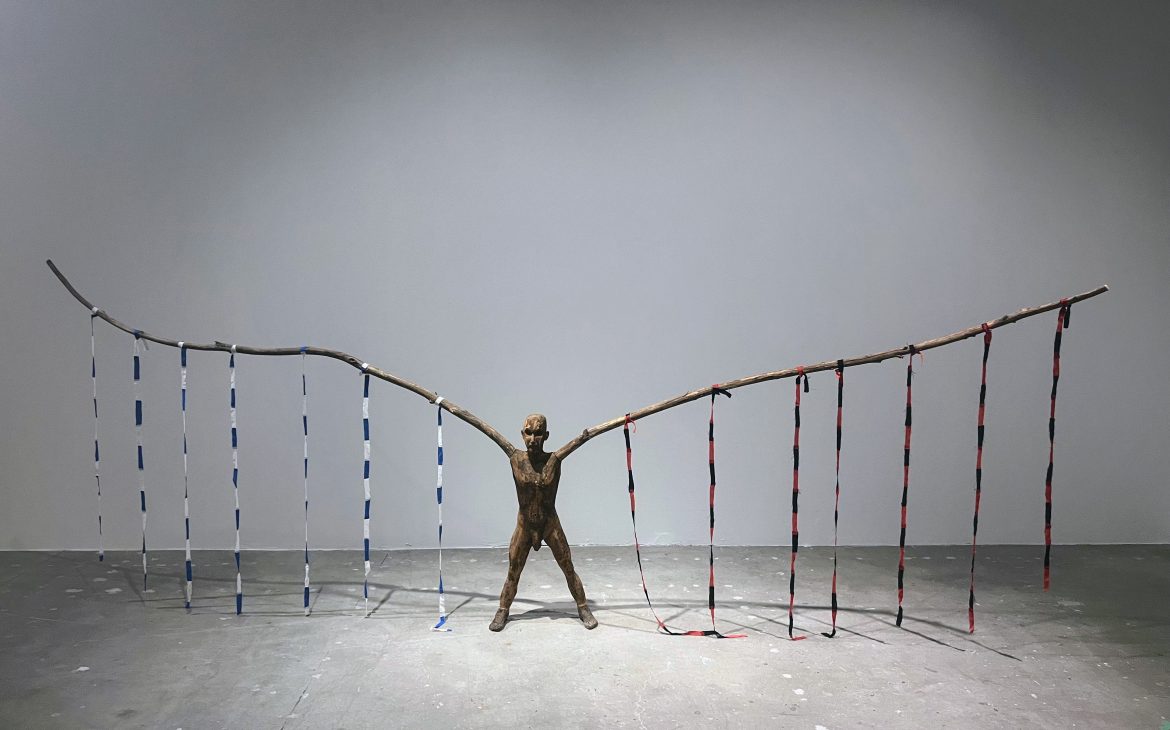
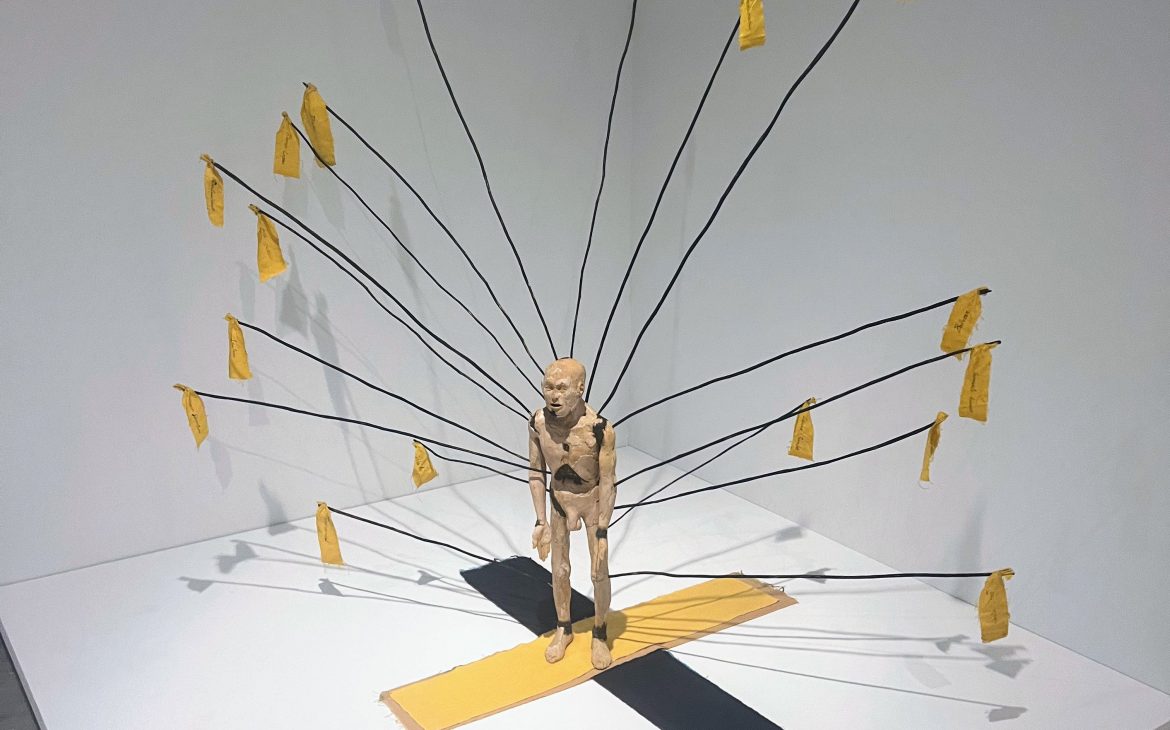
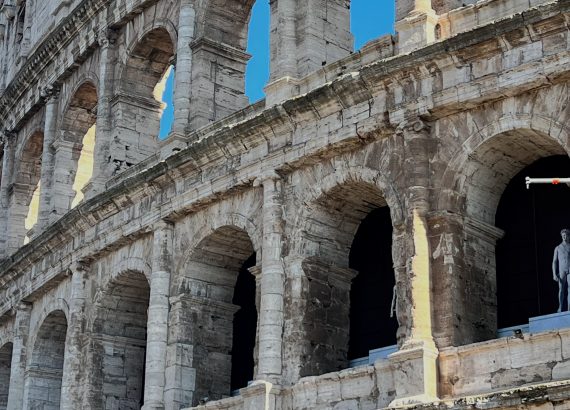
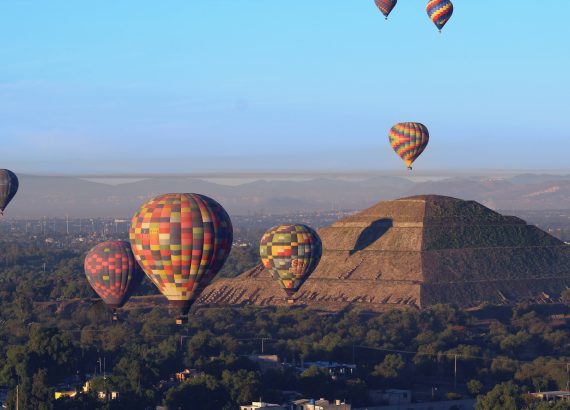
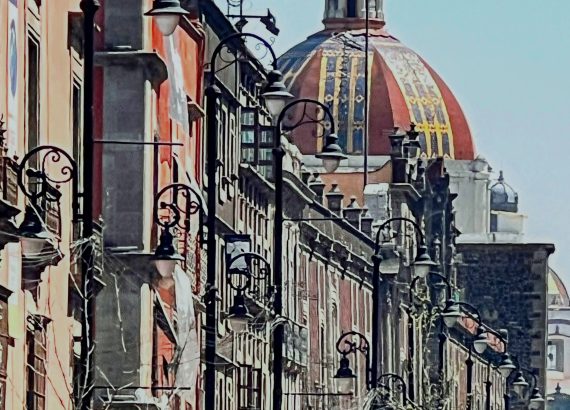

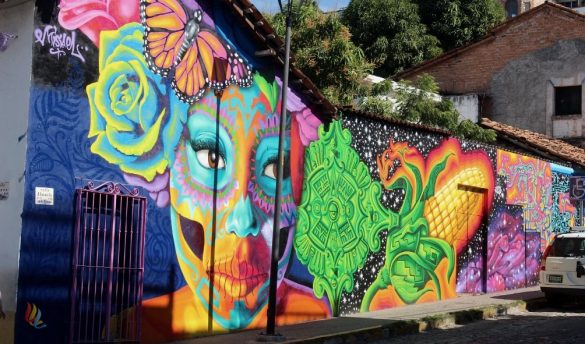
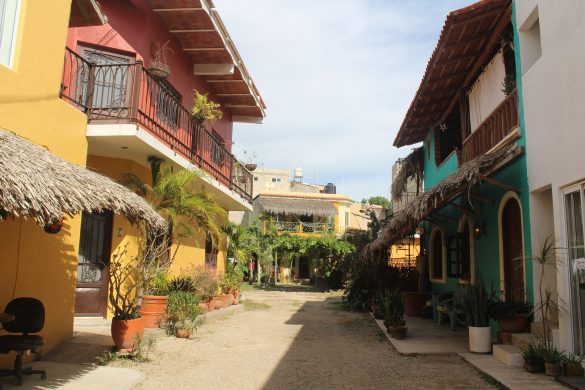
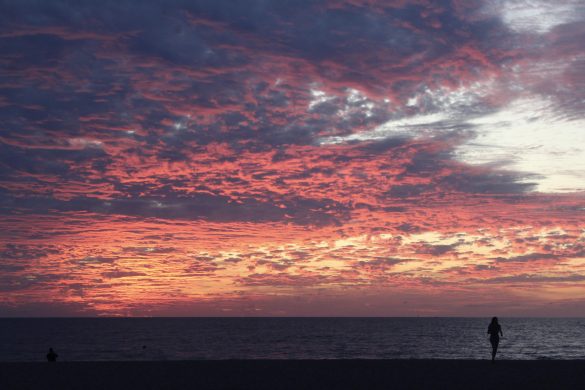
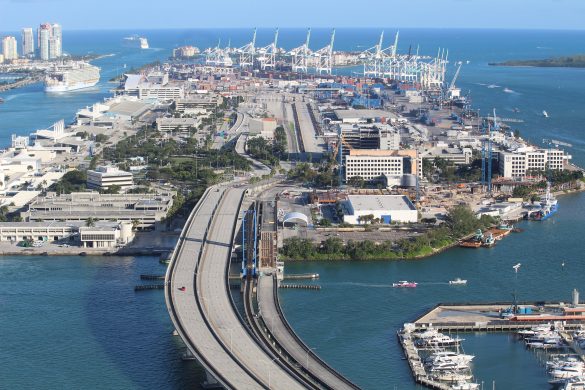
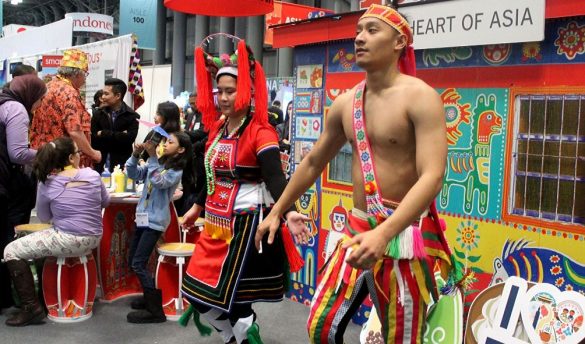

No Comments